Tech Articles
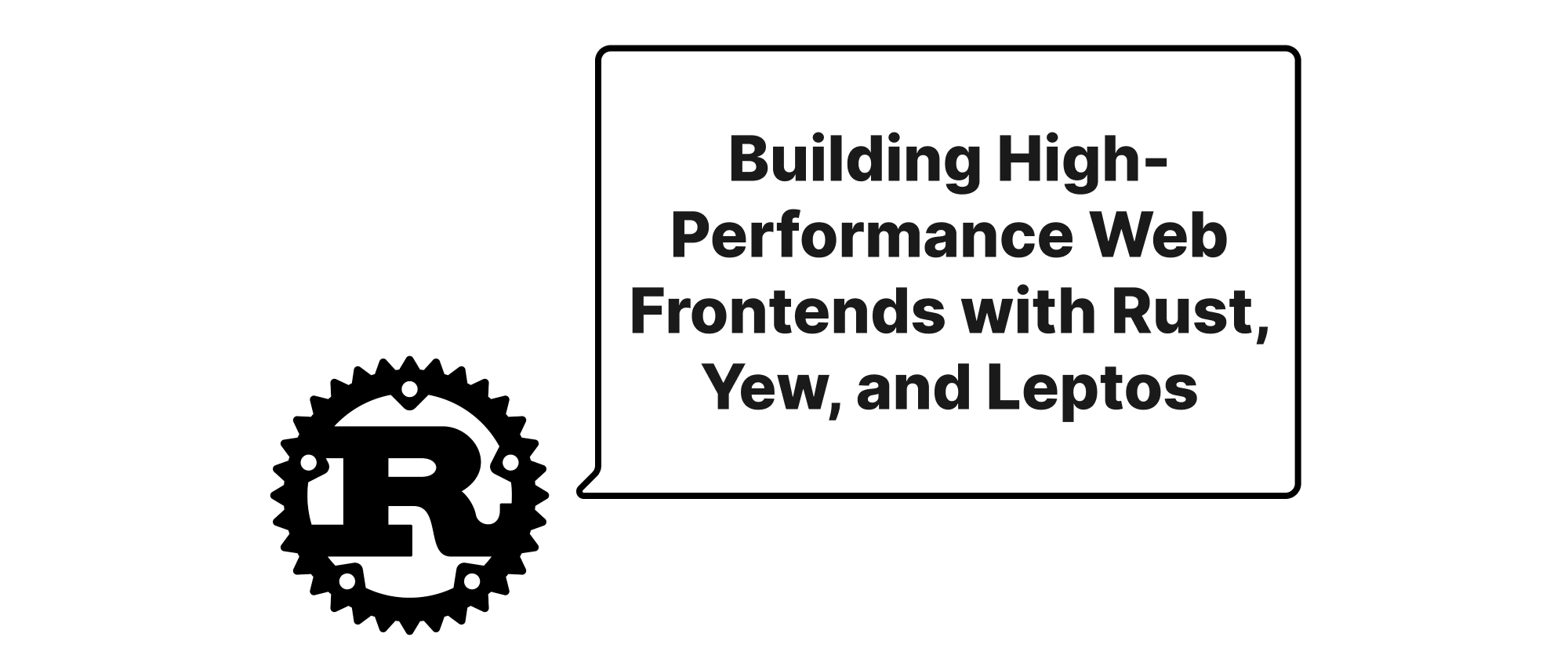
Building High-Performance Web Frontends with Rust, Yew, and Leptos
Explore how Rust, when compiled to WebAssembly with frameworks like Yew and Leptos, offers a compelling solution for crafting blazing-fast and reliable web applications.
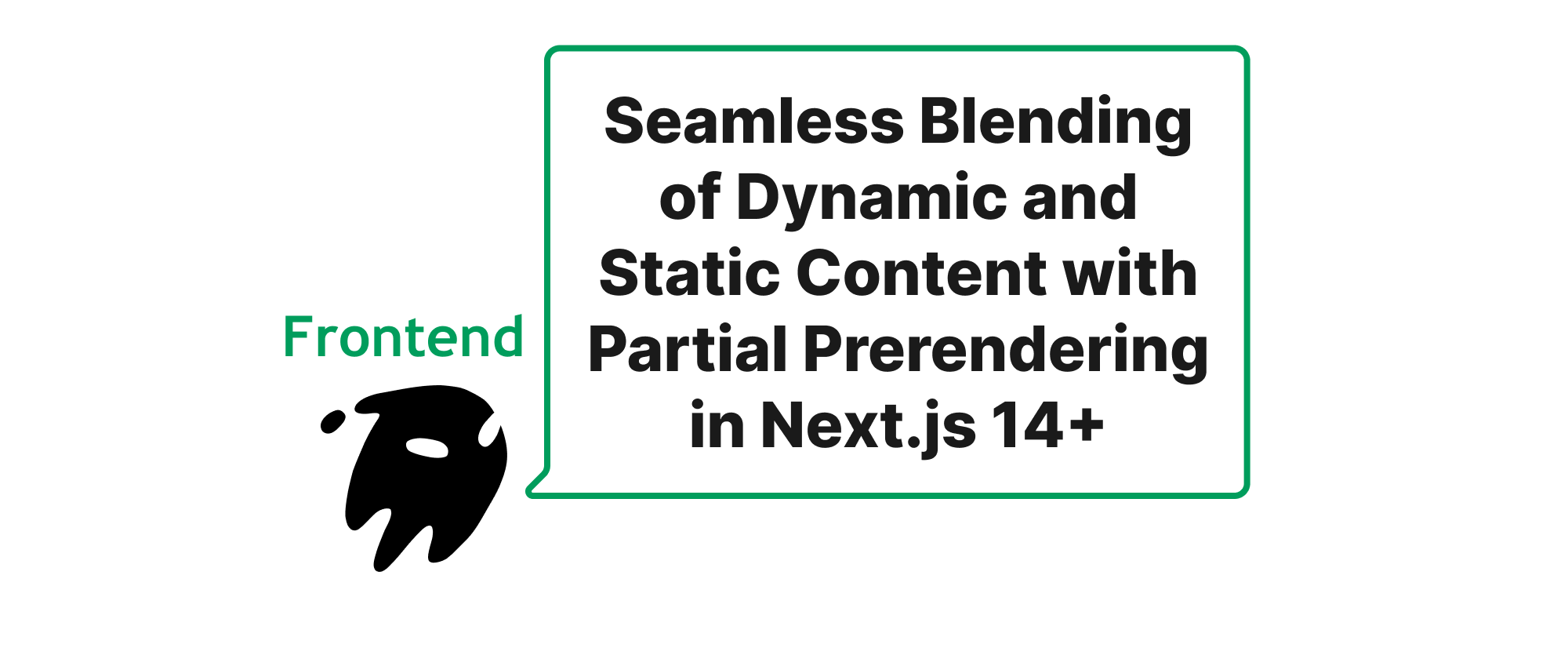
Seamless Blending of Dynamic and Static Content with Partial Prerendering in Next.js 14+
Explore how Partial Prerendering (PPR) in Next.js 14+ revolutionizes web performance by intelligently mixing dynamic and static content rendering, offering significant advantages for developers and users.
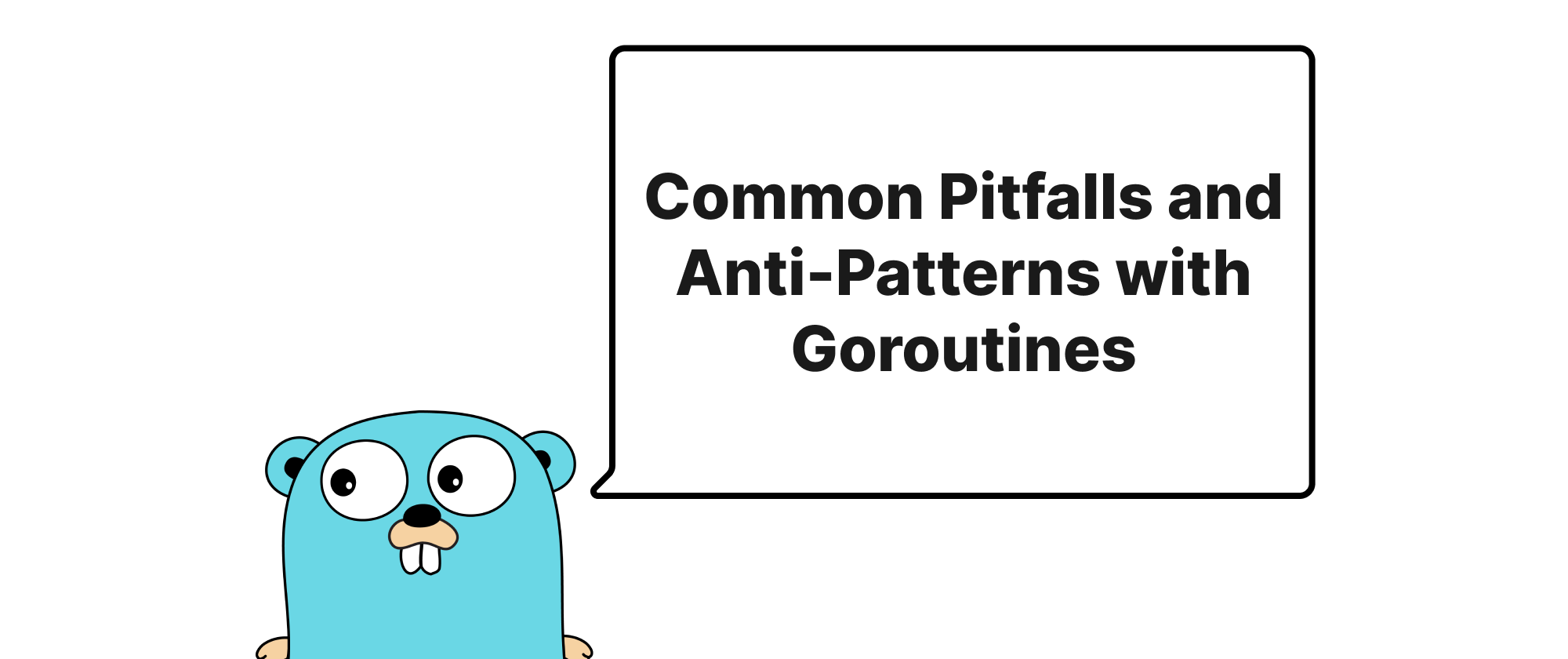
Common Pitfalls and Anti-Patterns with Goroutines
Explore frequent misuses and anti-patterns encountered when working with Go Goroutines, offering practical examples and best practices to avoid common mistakes.
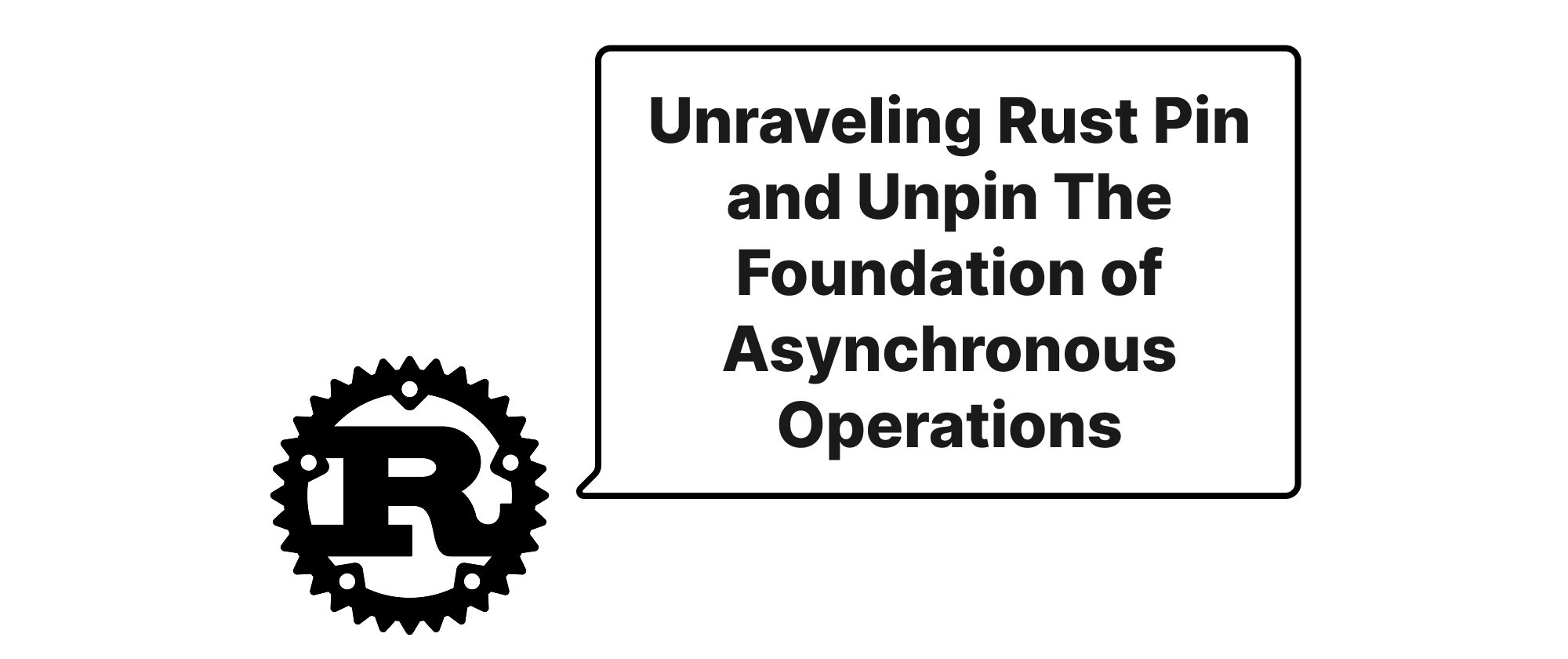
Unraveling Rust Pin and Unpin The Foundation of Asynchronous Operations
Dive deep into Rust's Pin and Unpin, understanding how these traits are crucial for memory safety and the efficient execution of async/await, especially in the context of self-referential structs.
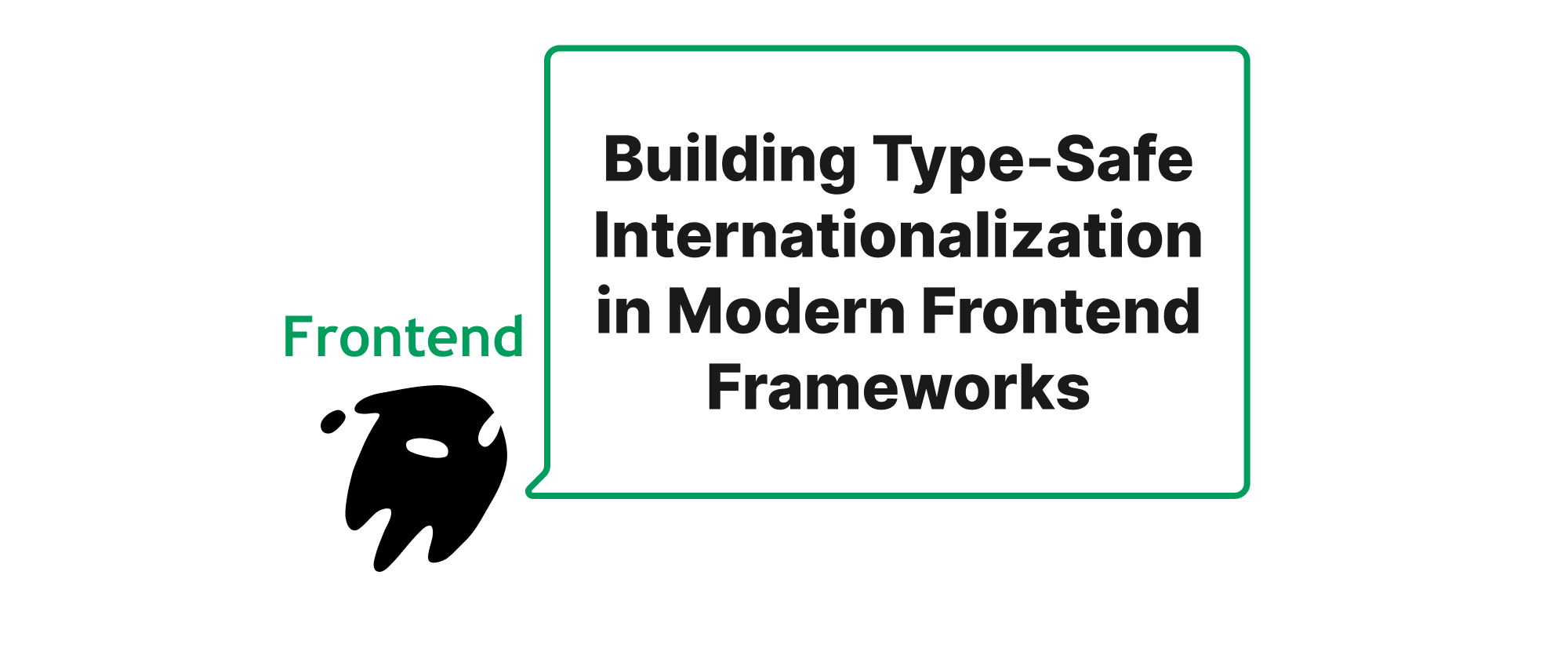
Building Type-Safe Internationalization in Modern Frontend Frameworks
Explore techniques and best practices for implementing robust, type-safe internationalization solutions within contemporary JavaScript frameworks, ensuring a more reliable and maintainable global user experience.
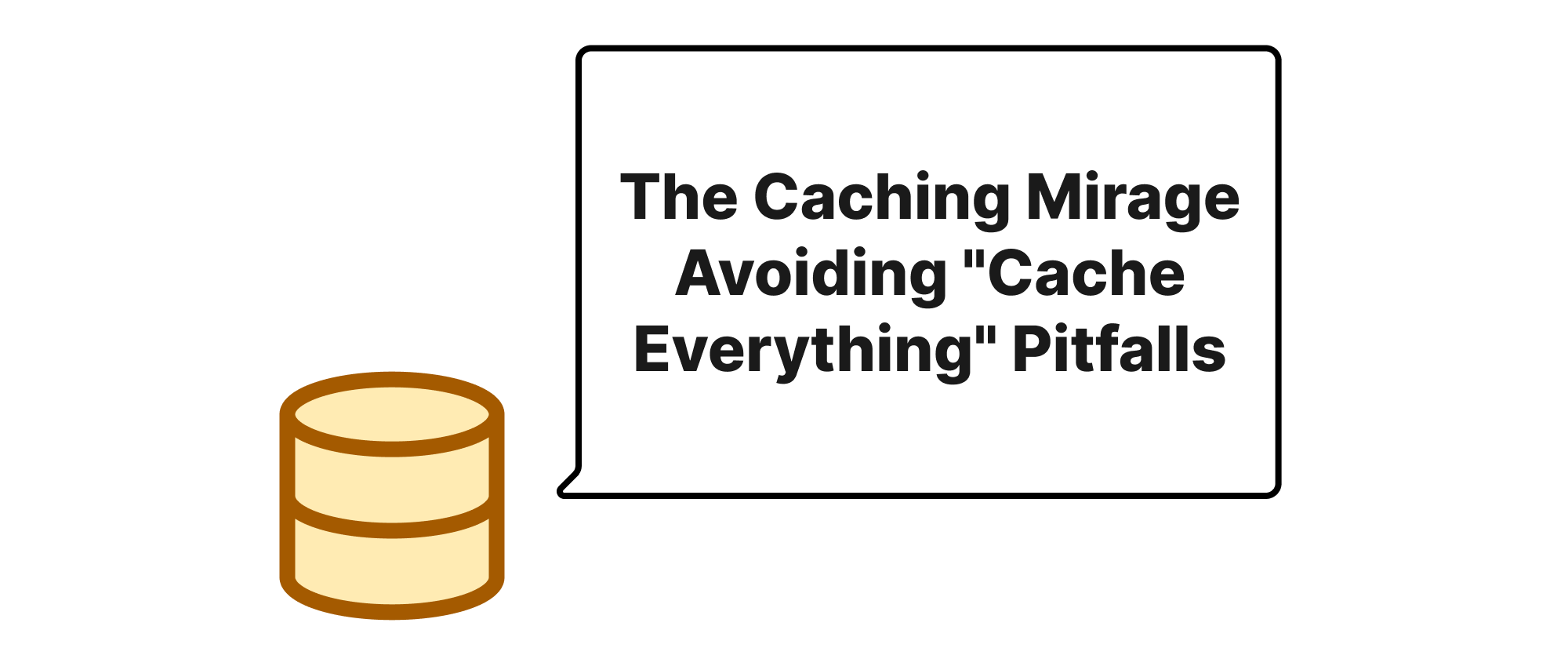
The Caching Mirage Avoiding "Cache Everything" Pitfalls
Caching is a powerful optimization technique, but blindly caching all data can lead to serious data inconsistencies and overwhelming complexity. This article explores the dangers of an indiscriminate caching strategy and offers practical approaches to build a robust, consistent, and maintainable caching layer.
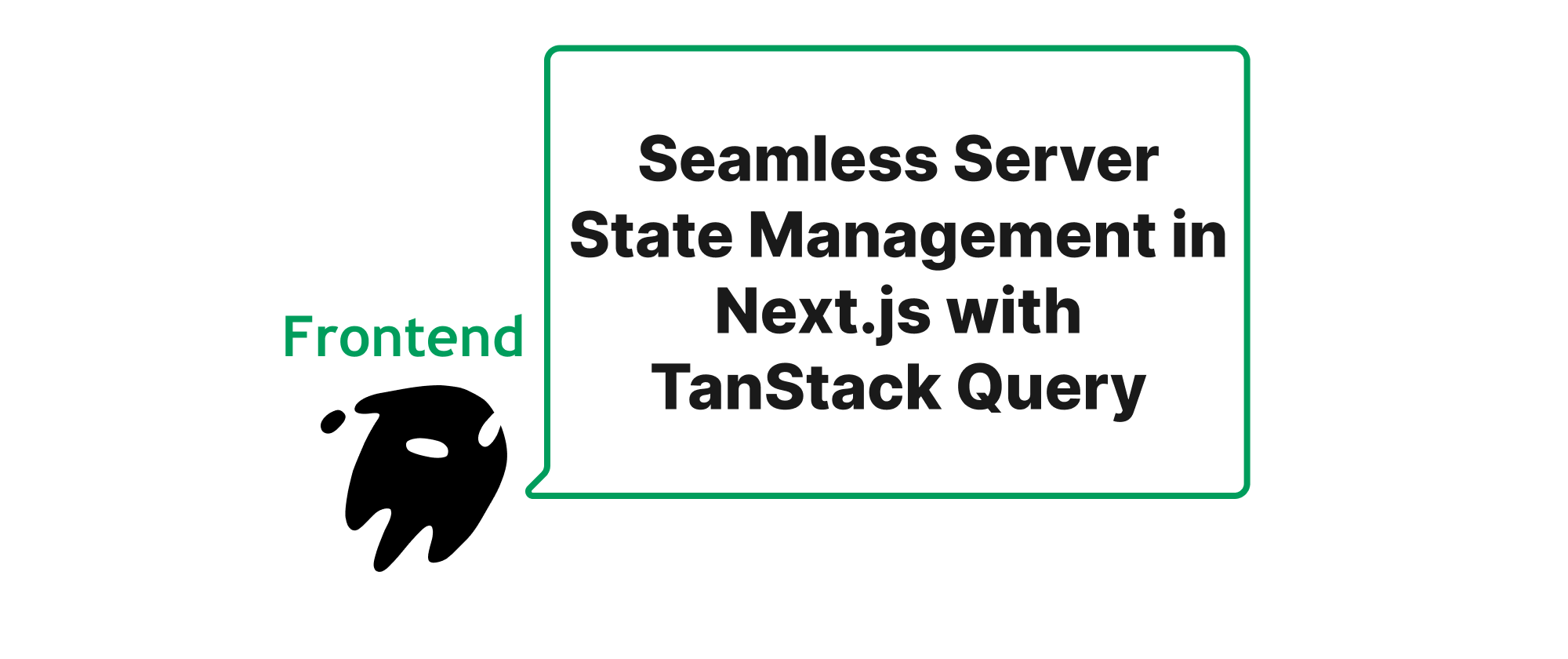
Seamless Server State Management in Next.js with TanStack Query
Explore how TanStack Query, formerly React Query, revolutionizes server state handling in Next.js applications, offering powerful caching, data synchronization, and developer tooling for a superior user experience.

Streamlining File Operations in Node.js with Express and Fastify
Exploring efficient file upload and download handling using Streams in Node.js Express/Fastify applications.
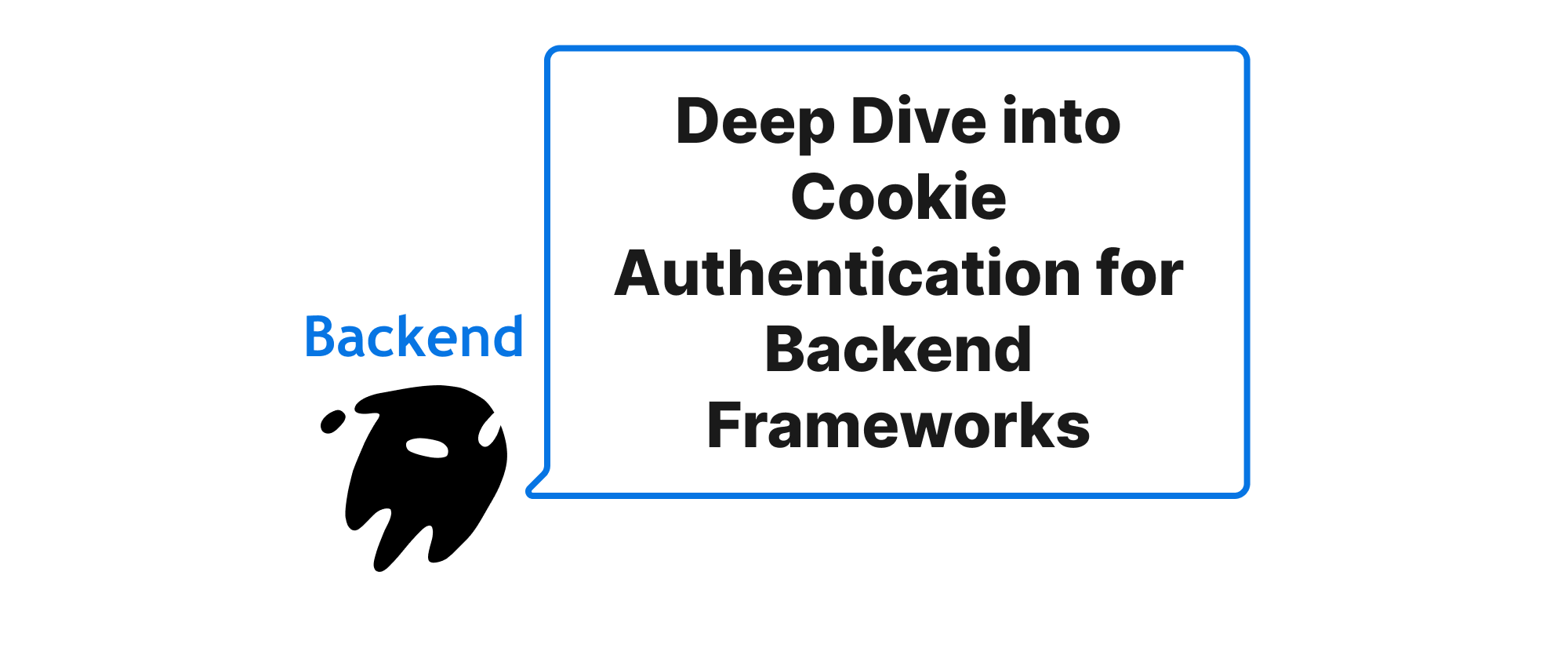
Deep Dive into Cookie Authentication for Backend Frameworks
A comprehensive guide to HttpOnly, Secure, and SameSite attributes for robust cookie-based authentication in backend applications.
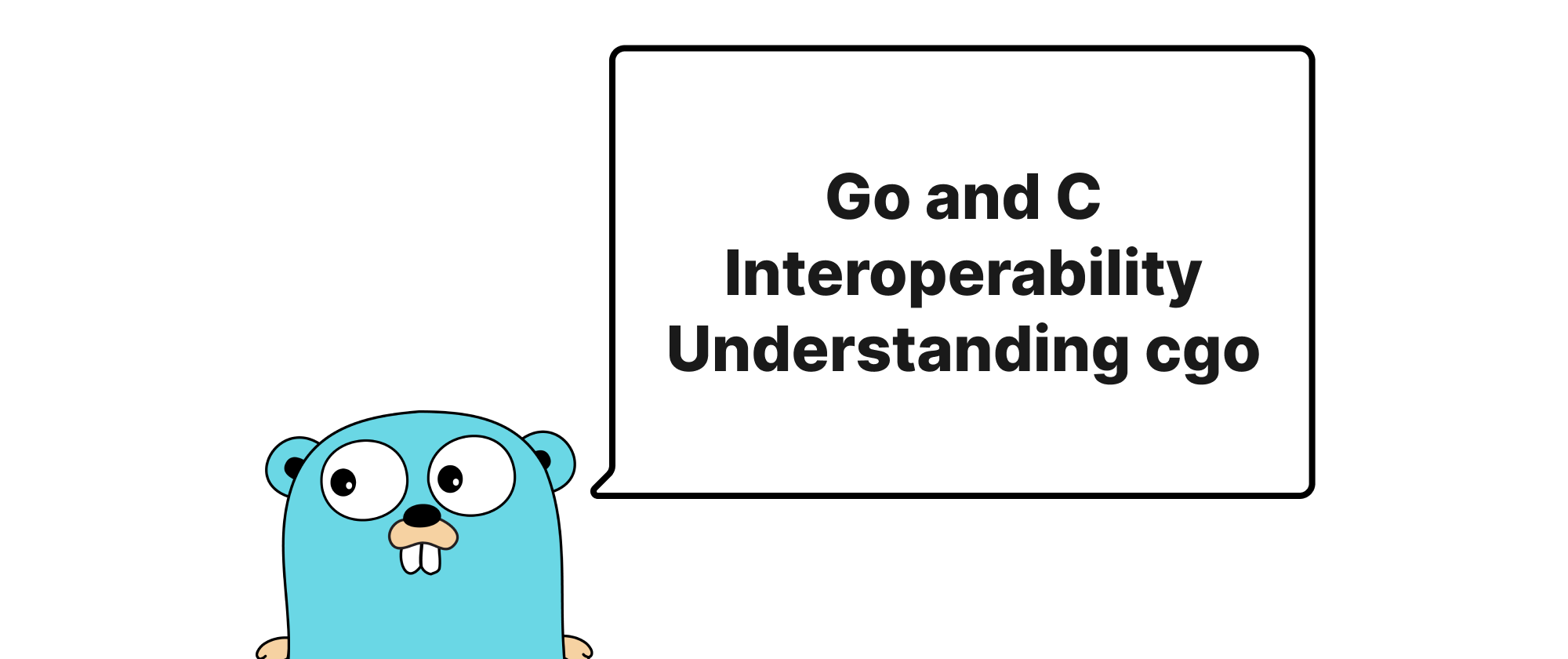
Go and C Interoperability Understanding cgo
Explore the fundamentals and practical applications of cgo, Go's powerful bridge to C libraries, with real-world examples and best practices.
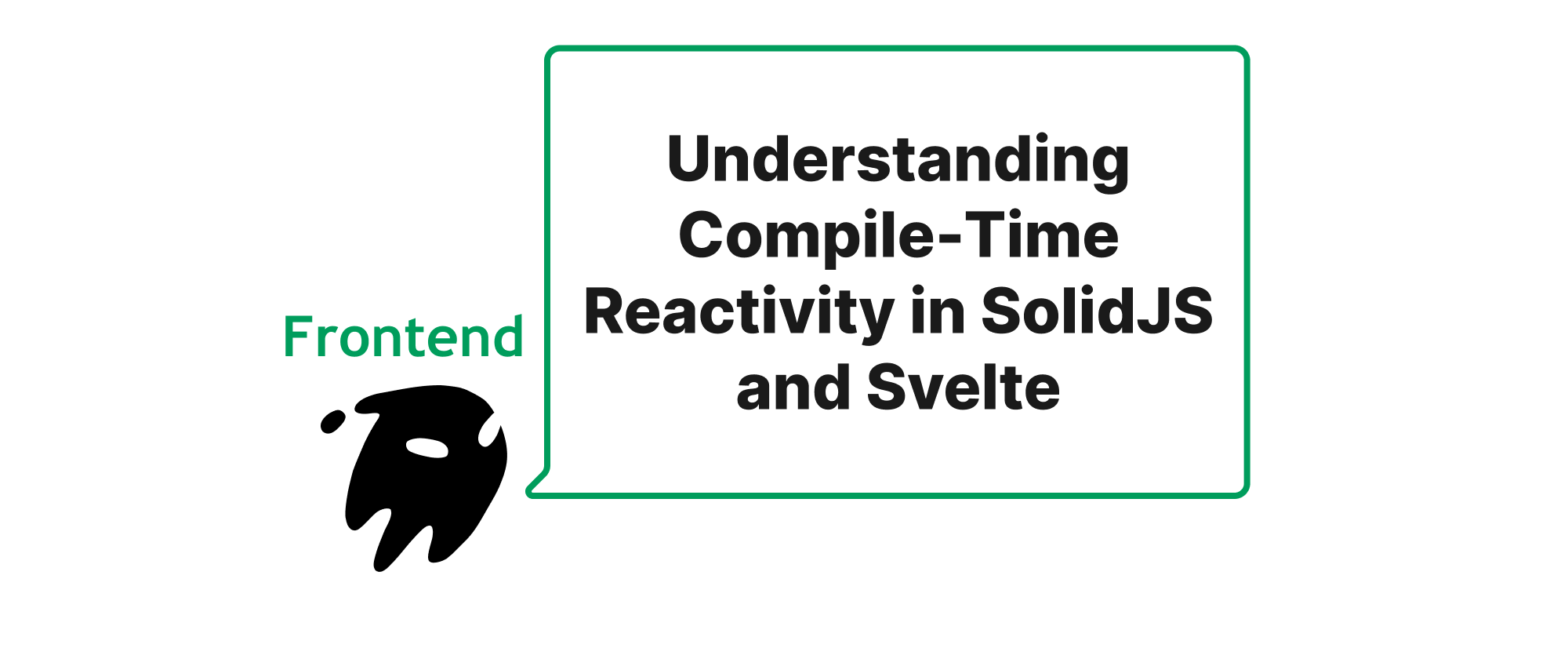
Understanding Compile-Time Reactivity in SolidJS and Svelte
This article explores the innovative compile-time reactivity systems employed by SolidJS and Svelte, detailing their core mechanisms and practical implications for modern web development.
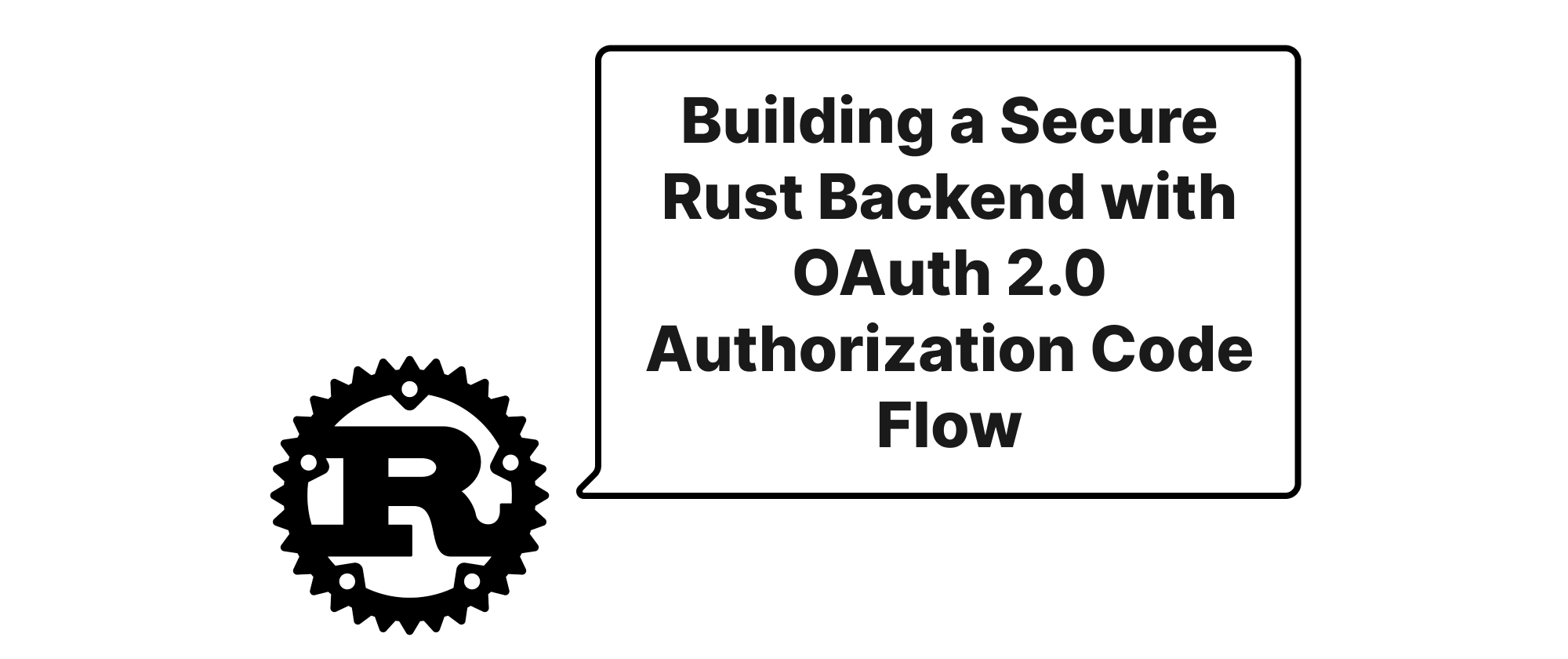
Building a Secure Rust Backend with OAuth 2.0 Authorization Code Flow
This article delves into implementing the OAuth 2.0 Authorization Code flow in a Rust backend, providing a secure and robust authentication solution for web applications.
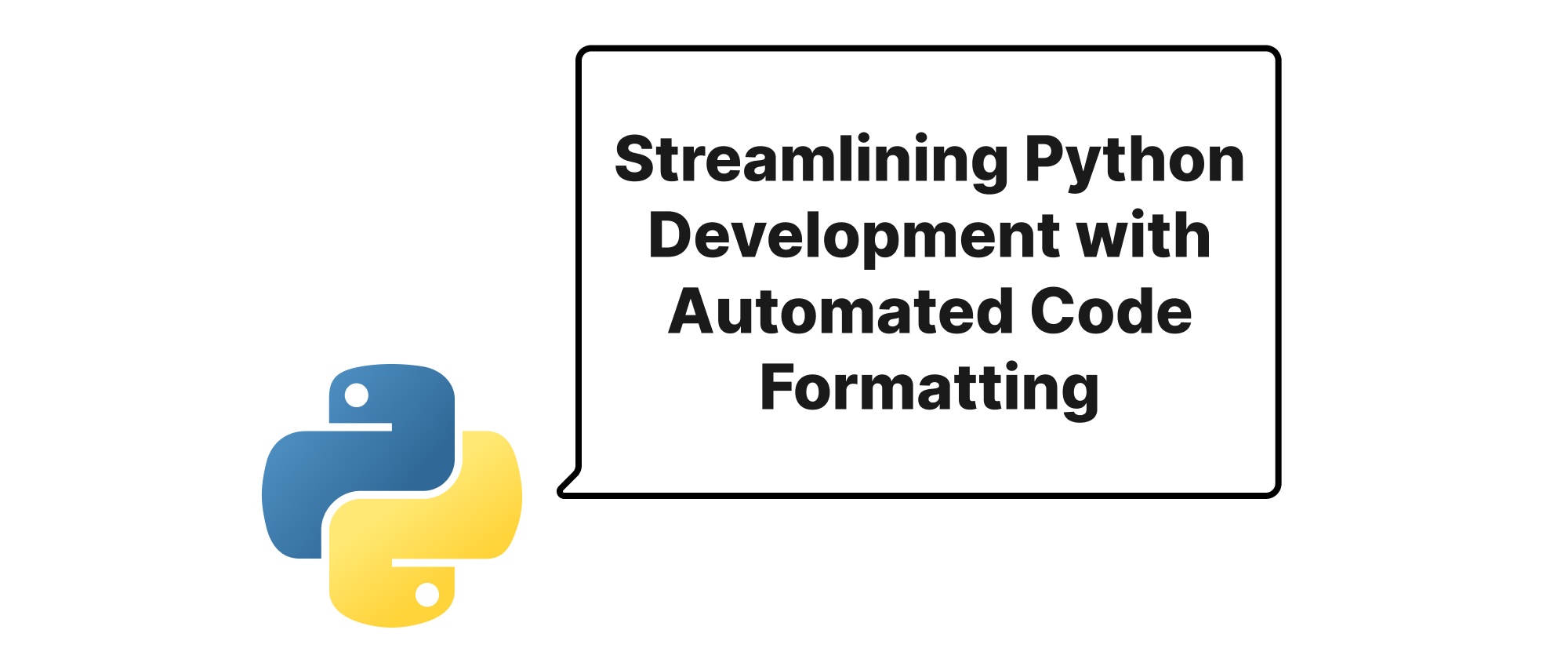
Streamlining Python Development with Automated Code Formatting
This article delves into the transformative power of Black, Ruff, and Isort in creating a consistent and automated Python code formatting pipeline, enhancing collaboration and code quality.
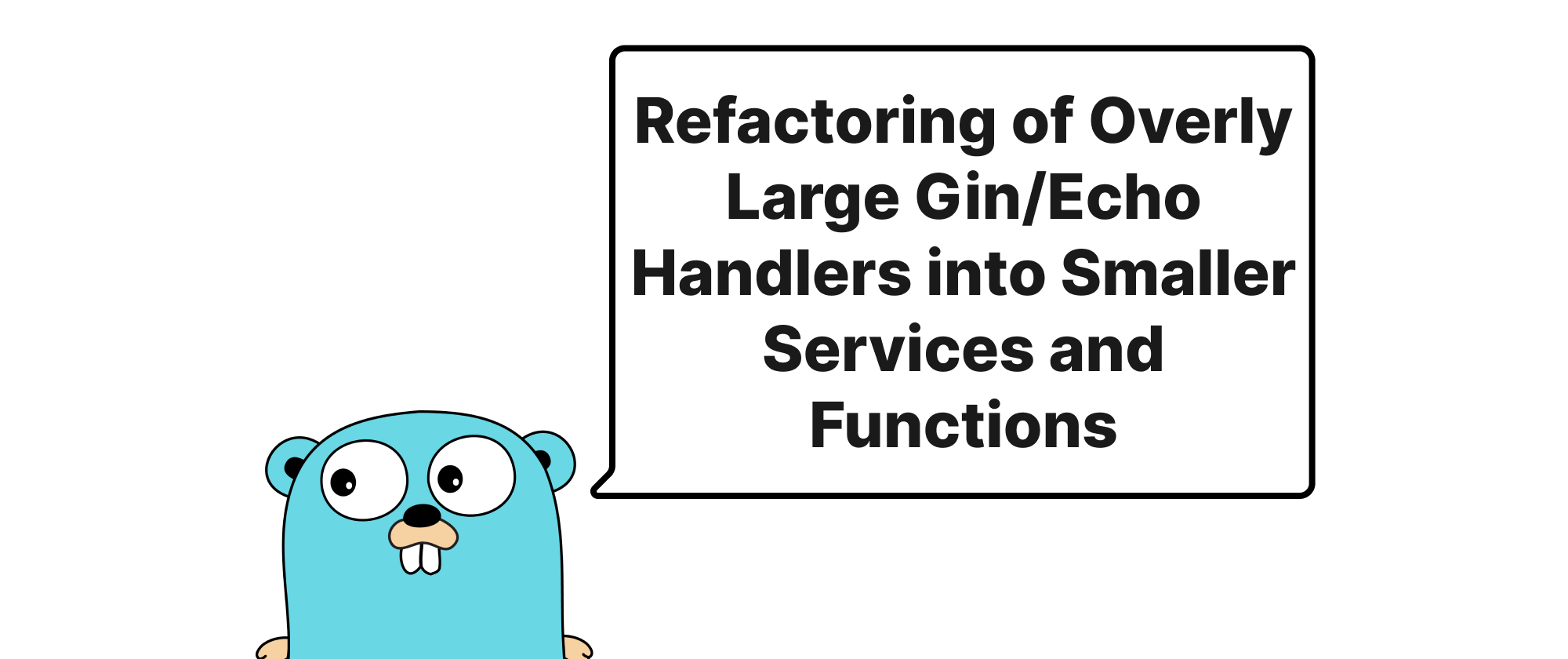
Step-by-Step Refactoring of Overly Large Gin/Echo Handlers into Smaller, Maintainable Services and Functions
This article guides you through a practical, step-by-step approach to refactor monolithic Gin or Echo handlers into a more modular and maintainable architecture, leveraging smaller services and functions. It addresses common issues with large handlers and provides concrete Go code examples.
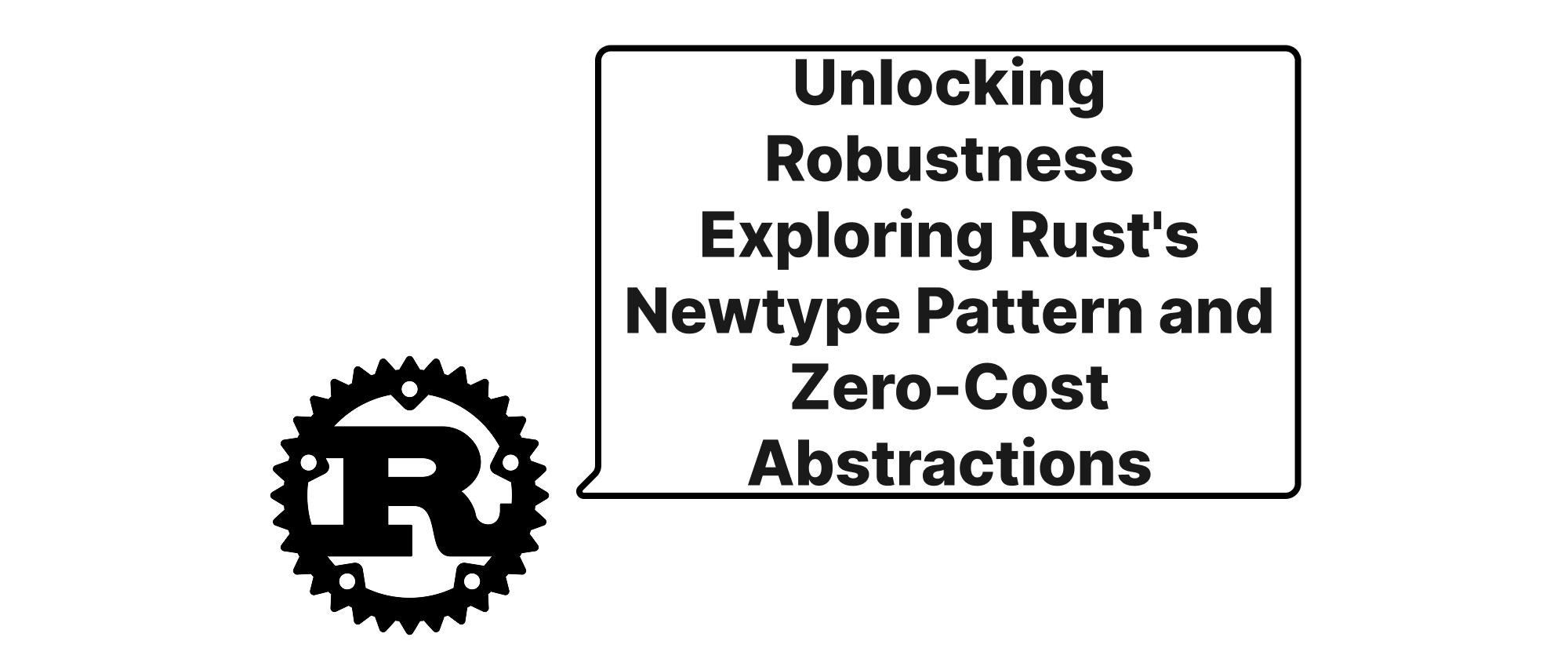
Unlocking Robustness Exploring Rust's Newtype Pattern and Zero-Cost Abstractions
This article delves into Rust's Newtype pattern and its synergy with zero-cost abstractions, demonstrating how they enhance type safety, expressiveness, and performance in Rust applications.
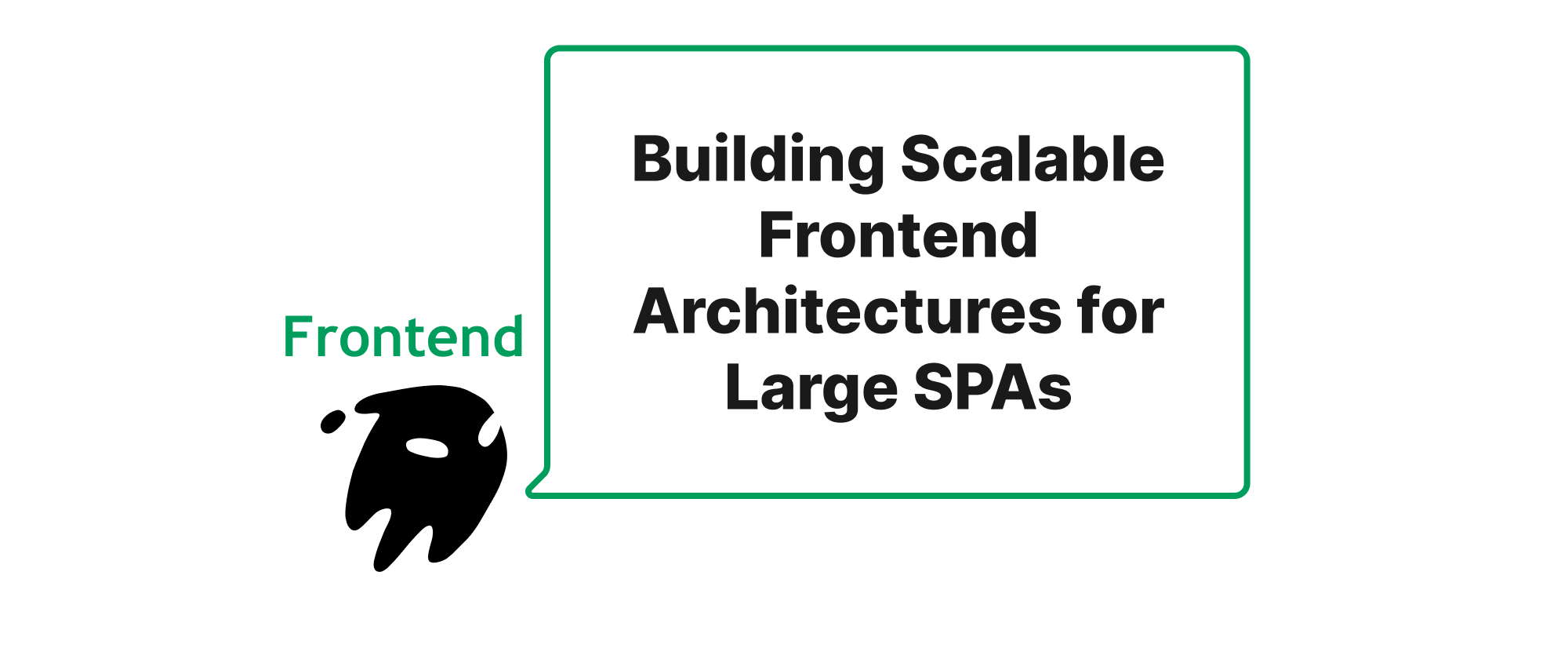
Building Scalable Frontend Architectures for Large SPAs
Explore feature slicing and modular design for scalable single-page applications.
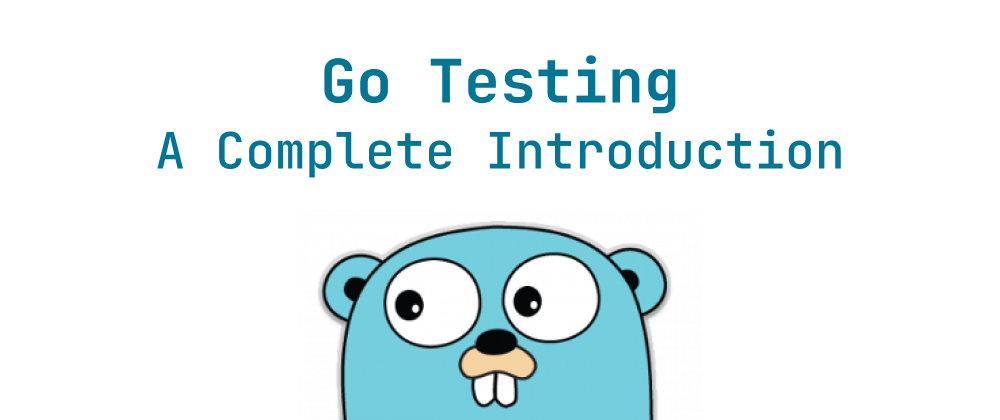
Mastering Go Testing
A practical guide to writing, organizing, and running tests in Go with coverage insights.
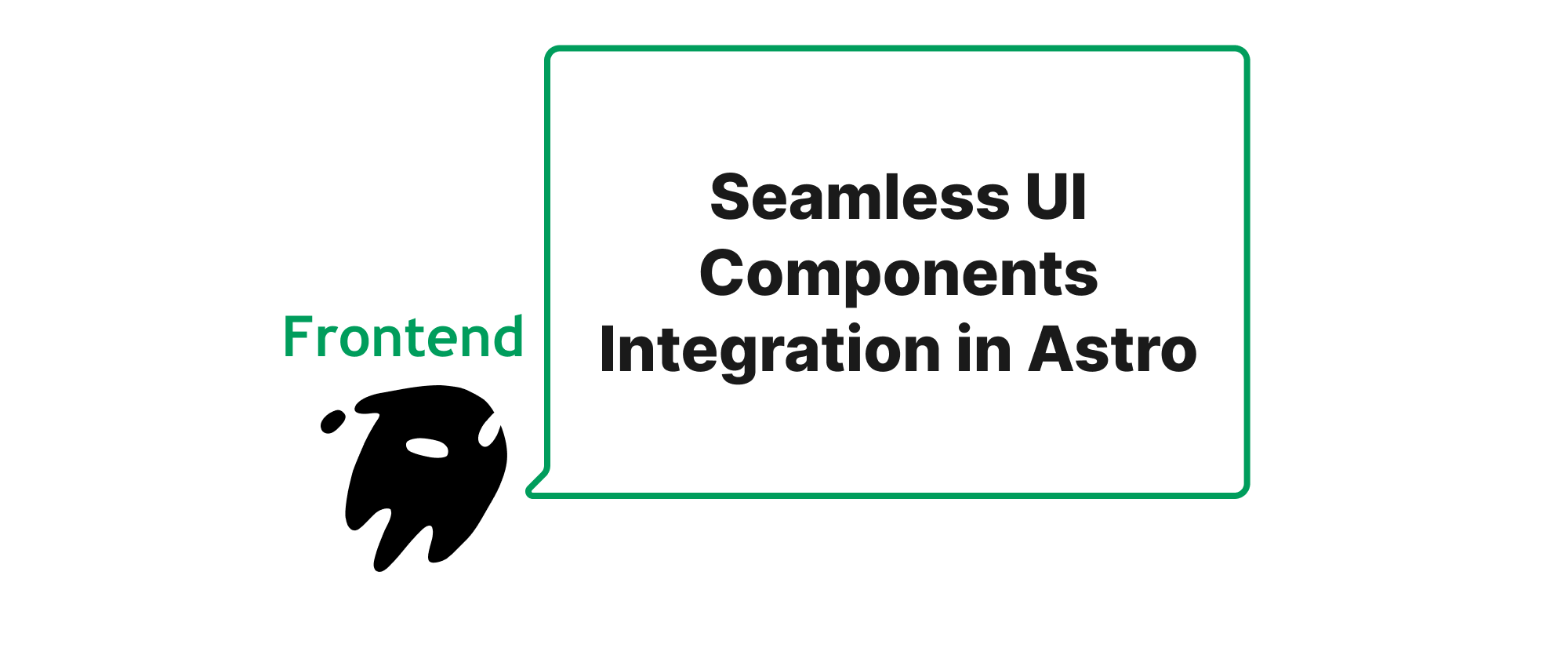
Seamless UI Components Integration in Astro
Exploring the power of Astro's island architecture for mixing React, Vue, and Svelte components within a single project.

Mocking External Dependencies for Robust Rust Development
Explore two primary approaches for mocking database or external services in Rust – trait-based mocking and the mockall crate – to enhance testability and maintainability of your applications.
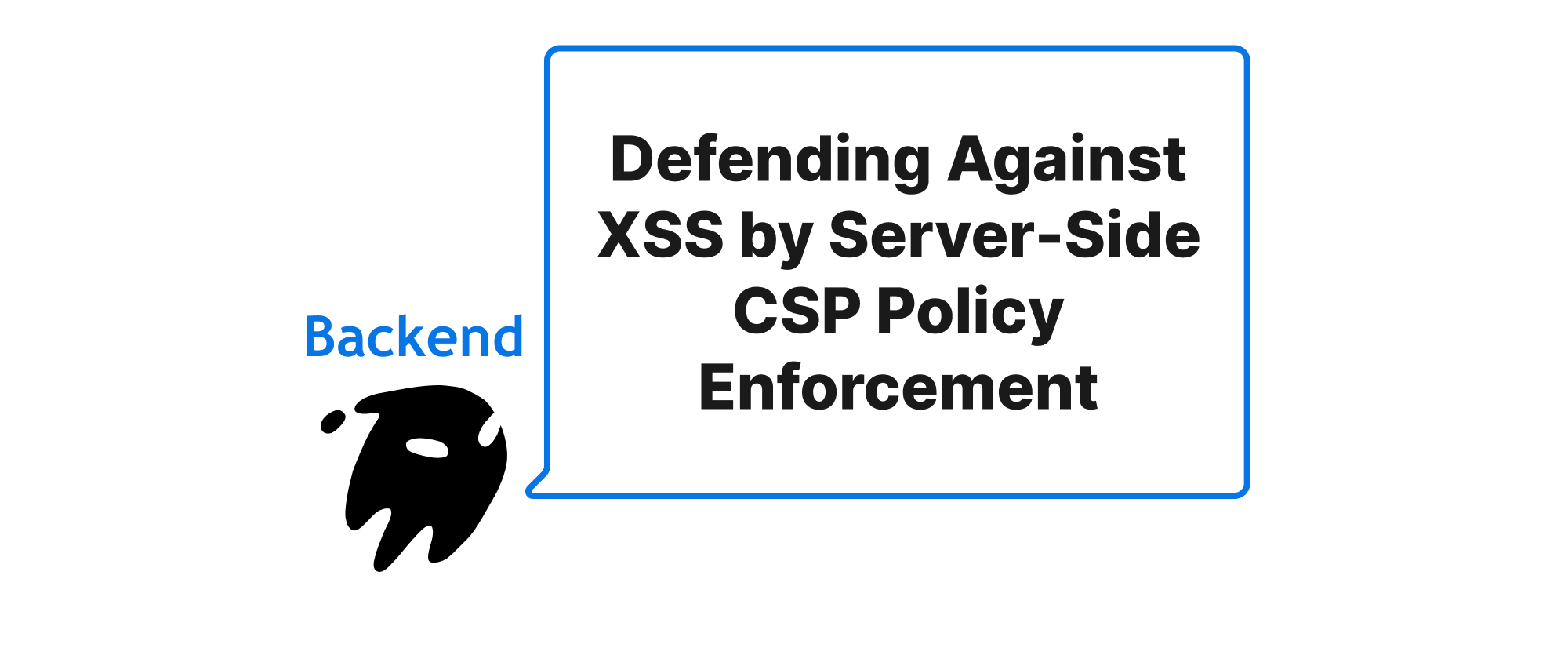
Defending Against XSS by Server-Side CSP Policy Enforcement
This article delves into the importance of Content Security Policy (CSP) headers, specifically how backend frameworks can leverage them to effectively prevent Cross-Site Scripting (XSS) attacks. It covers core concepts, implementation details with code examples, and practical applications.
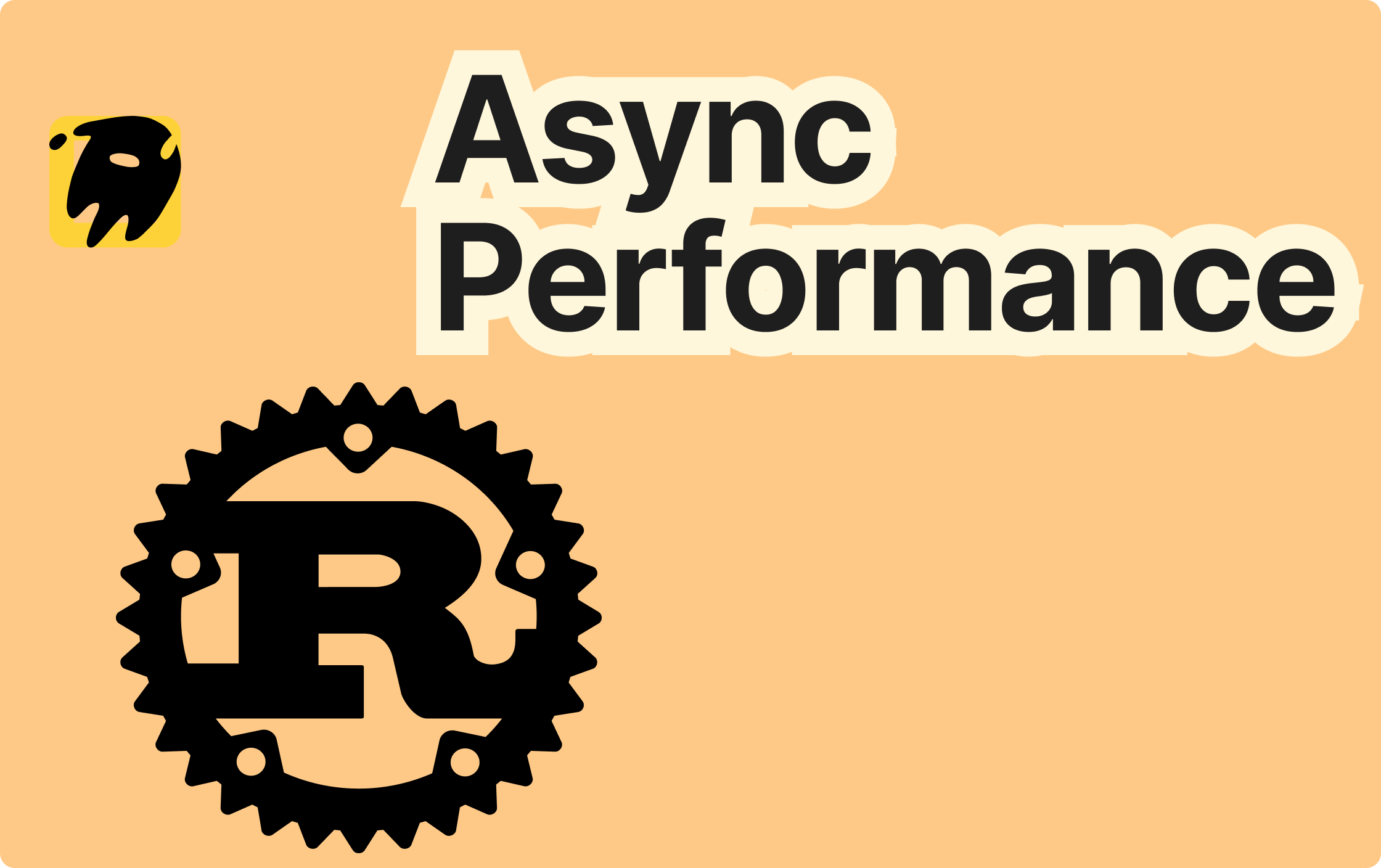
Tokio, Futures, and Beyond: Writing Safer & Faster Async Rust
The core design of the Rust Async ecosystem (Tokio/Futures) lies in zero-cost abstractions + memory safety, yet high-level development often leads to hidden pitfalls in scheduling, memory, and concurrency. These 10 tips will help you master the underlying logic and write high-performance Async code.
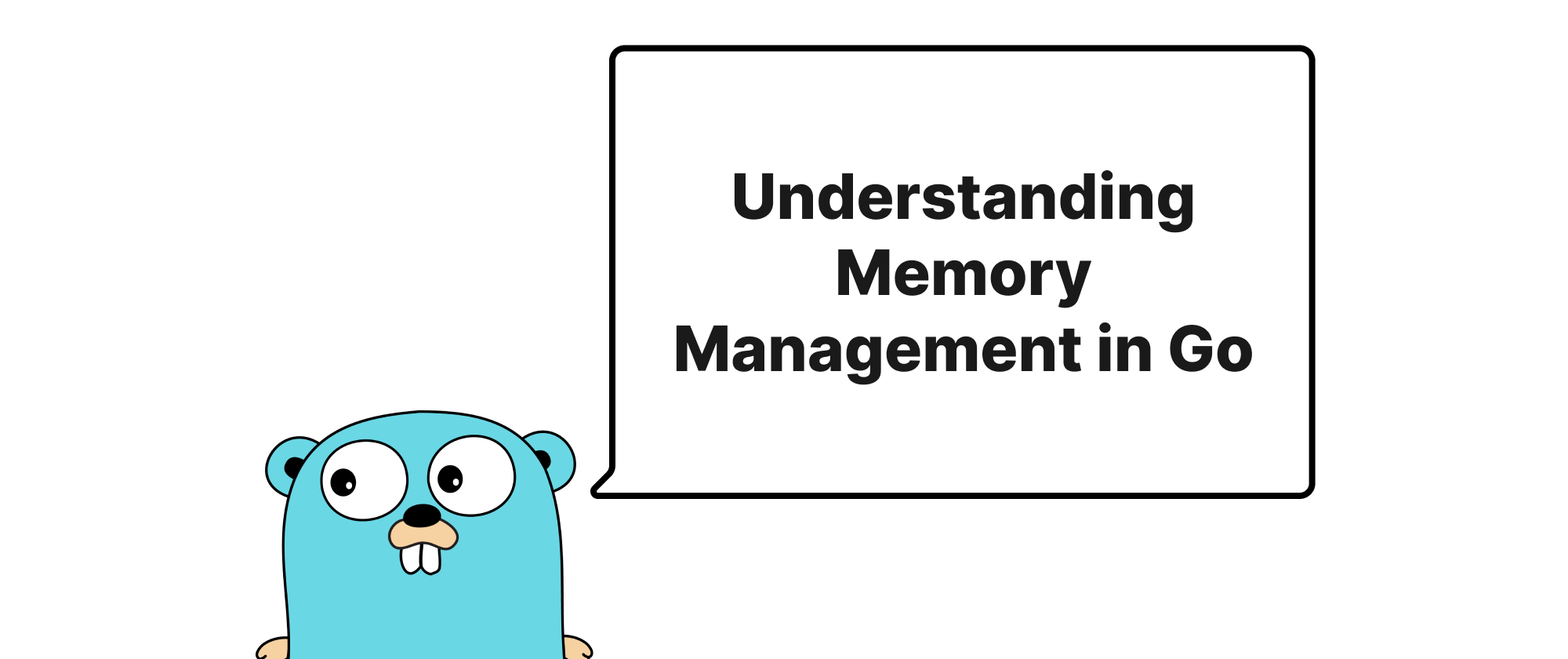
Understanding Memory Management in Go
This article delves into Go's memory allocation and garbage collection mechanisms, explaining how Go efficiently manages memory for high-performance applications.
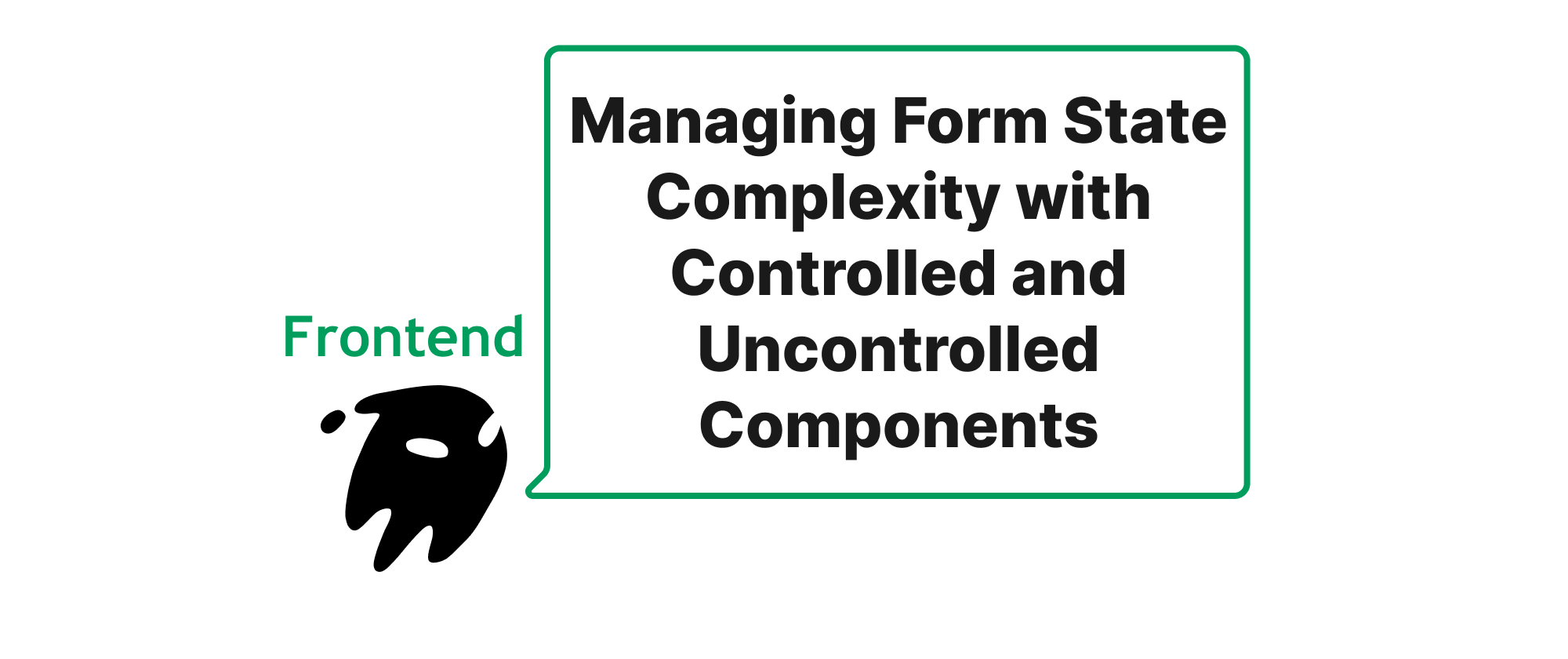
Managing Form State Complexity with Controlled and Uncontrolled Components
Exploring the practical application of controlled and uncontrolled components in complex forms within front-end frameworks.
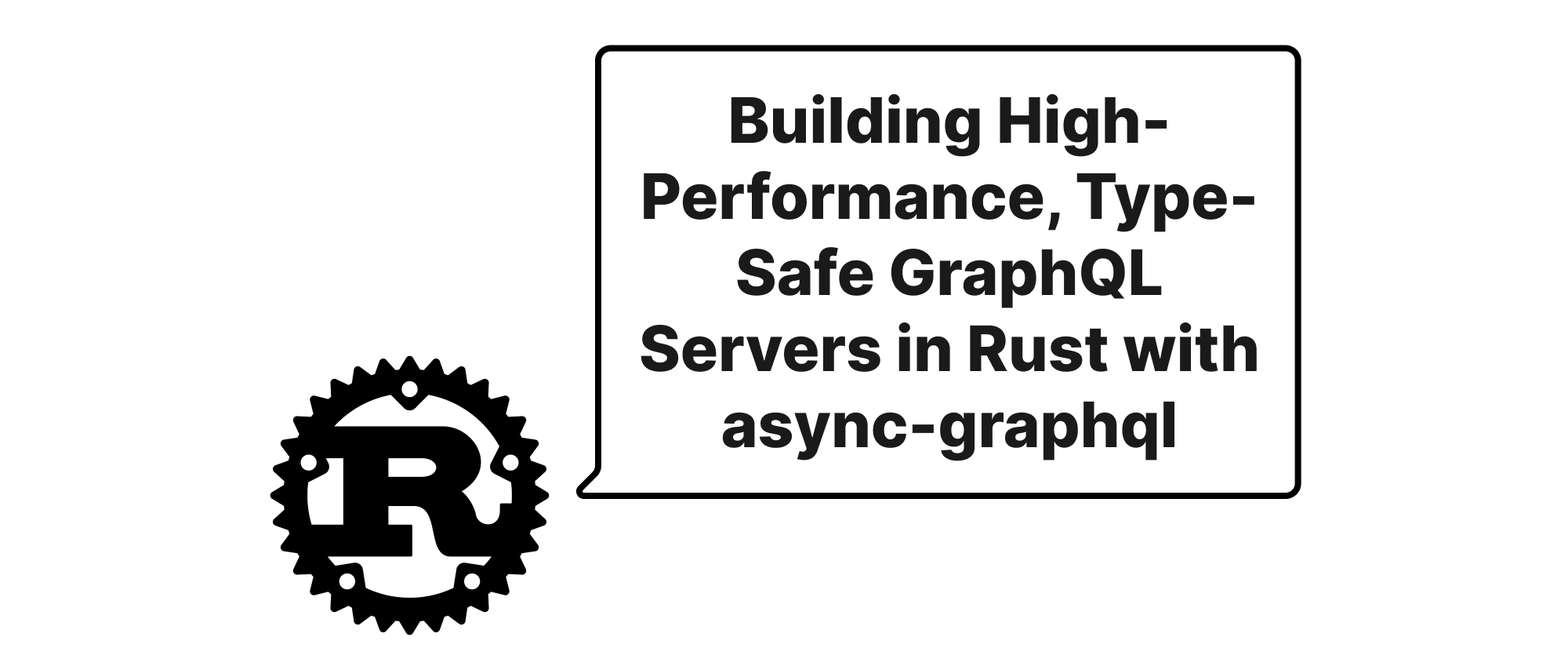
Building High-Performance, Type-Safe GraphQL Servers in Rust with async-graphql
Explore how async-graphql empowers Rust developers to create robust and efficient GraphQL APIs, leveraging Rust's type system for unparalleled safety and speed.
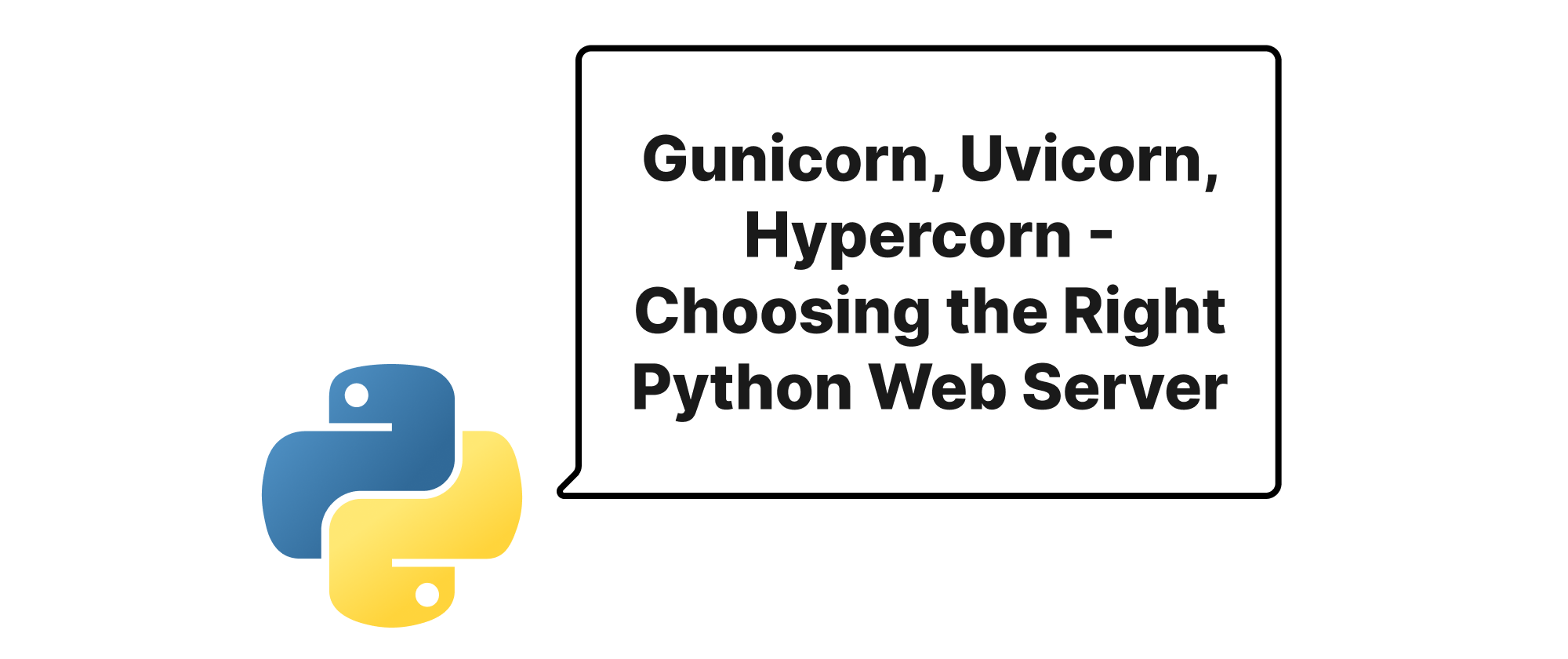
Gunicorn, Uvicorn, Hypercorn - Choosing the Right Python Web Server
This article explores Gunicorn, Uvicorn, and Hypercorn, analyzing their strengths, weaknesses, and ideal use cases to help developers select the optimal server for their Python web applications, whether WSGI or ASGI based.
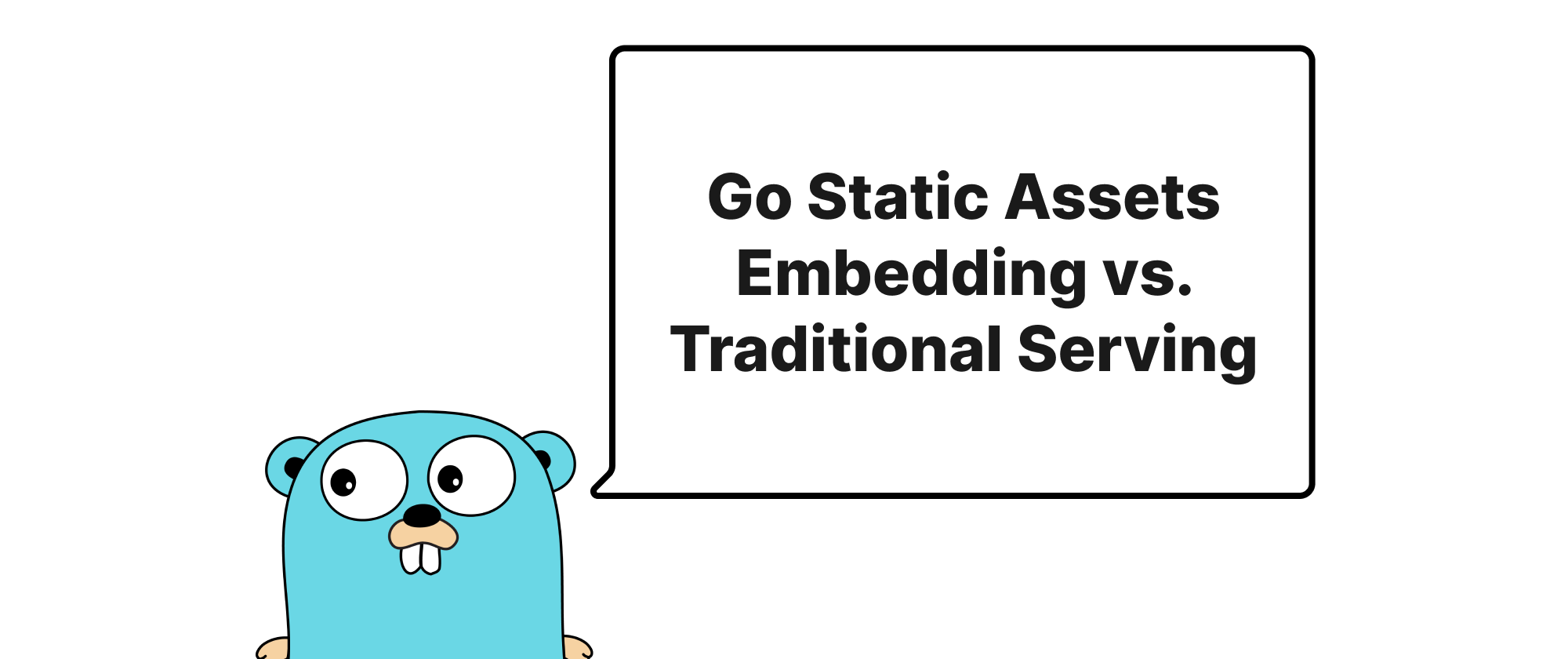
Go Static Assets Embedding vs. Traditional Serving
Exploring the trade-offs between Go's `go:embed` for static assets and traditional static file servers, focusing on deployment simplicity and runtime flexibility.
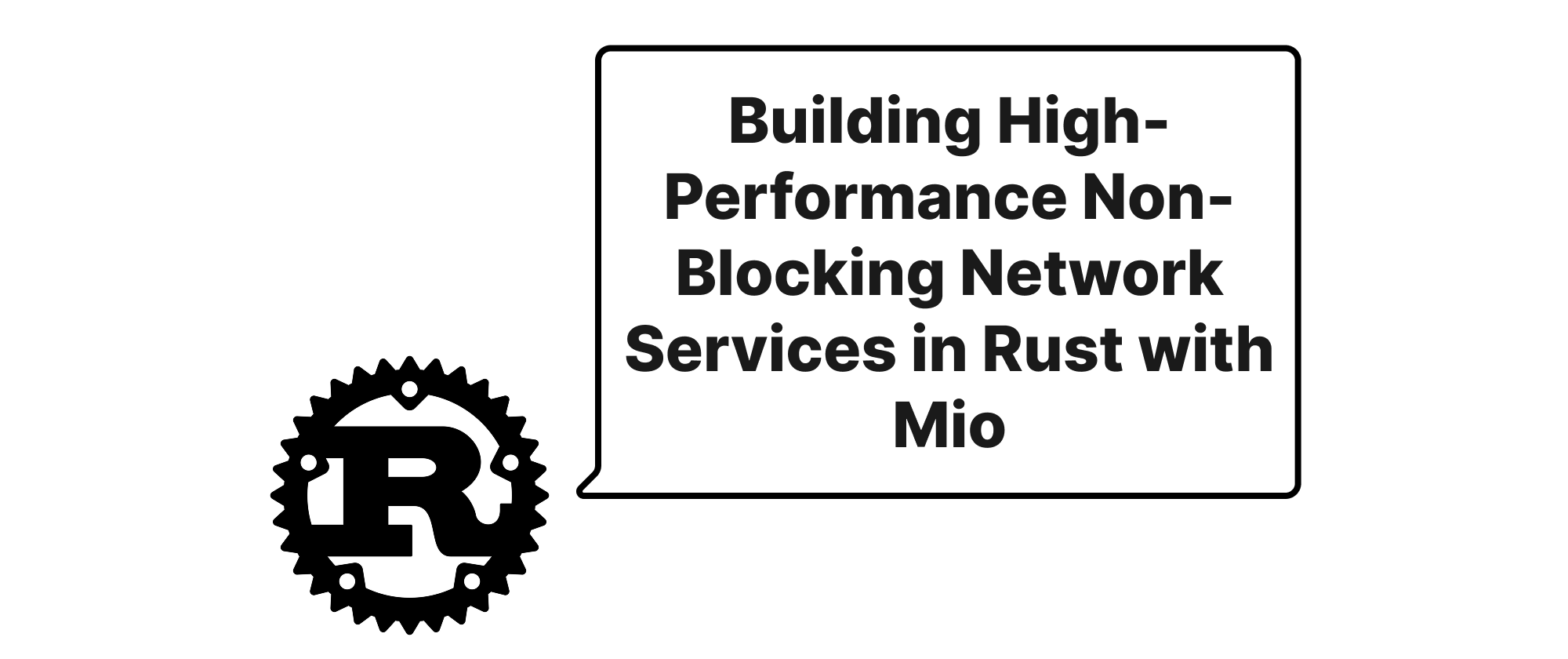
Building High-Performance Non-Blocking Network Services in Rust with Mio
This article delves into leveraging the `mio` library in Rust to construct efficient, low-level non-blocking network applications, covering core concepts, implementation details, and practical examples.
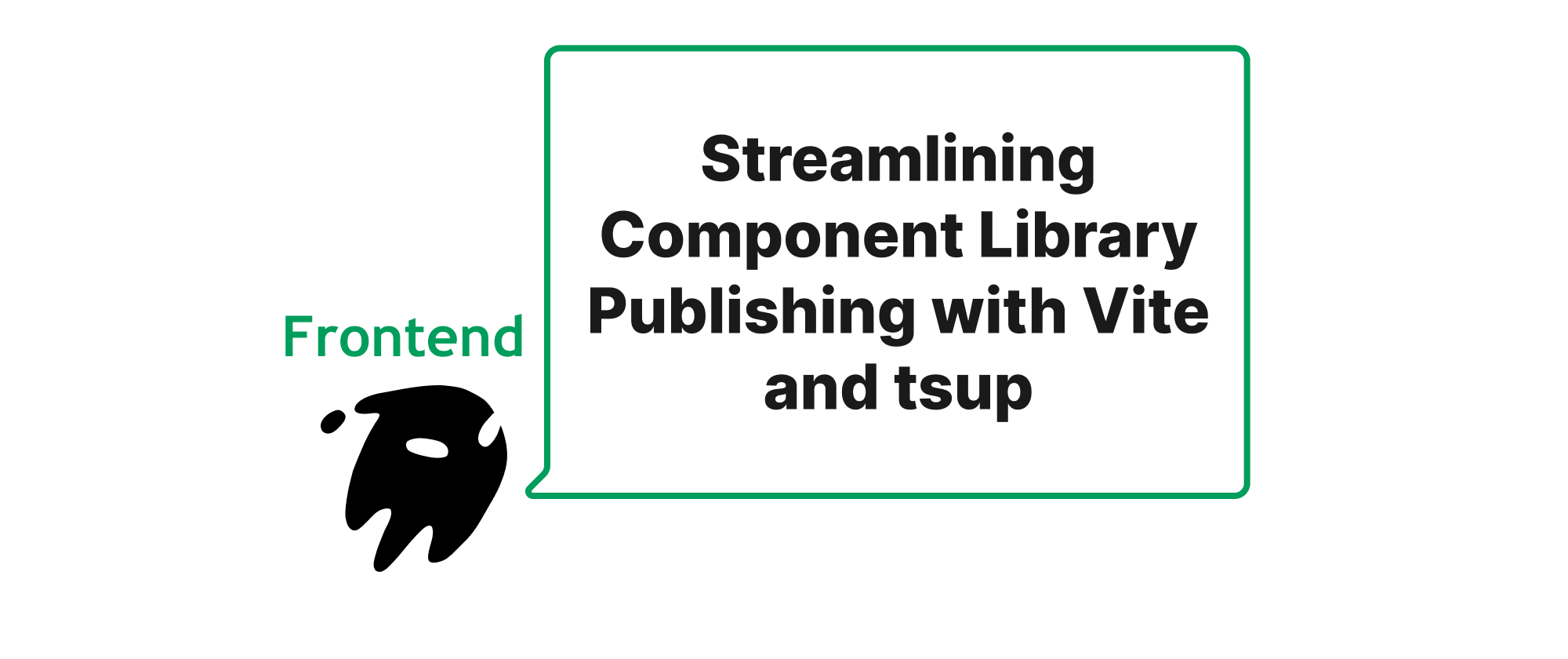
Streamlining Component Library Publishing with Vite and tsup
This article delves into the process of packaging and publishing React/Vue component libraries to npm using modern build tools like Vite and tsup, highlighting their advantages and providing practical examples.
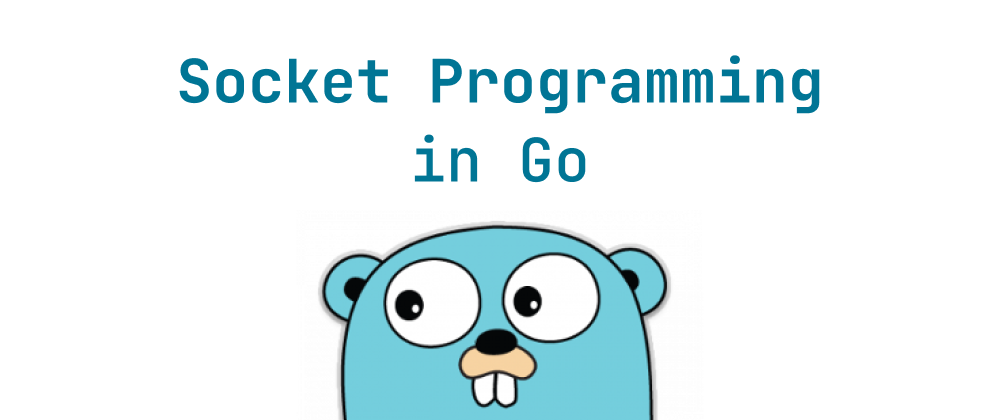
Mastering Socket Programming in Go
Introduction to socket programming in Go with TCP and UDP client-server examples.
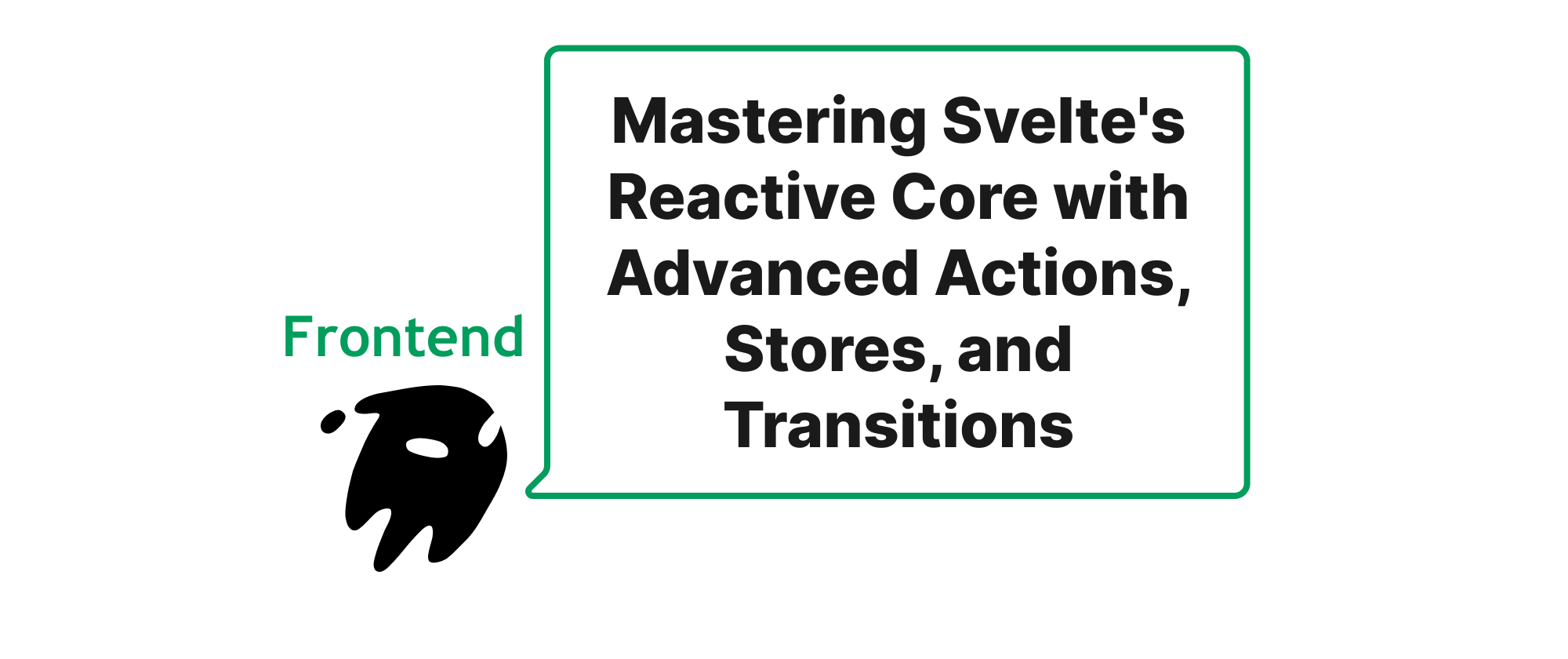
Mastering Svelte's Reactive Core with Advanced Actions, Stores, and Transitions
Exploring advanced techniques for Svelte Actions, Stores, and Transitions to build highly interactive and performant web applications.

From Basic Result Handling to Robust Error Management in Rust Web Services
This article guides Rust developers from using simple Result types to implementing custom Error enums and the IntoResponse trait for building resilient and user-friendly web services.
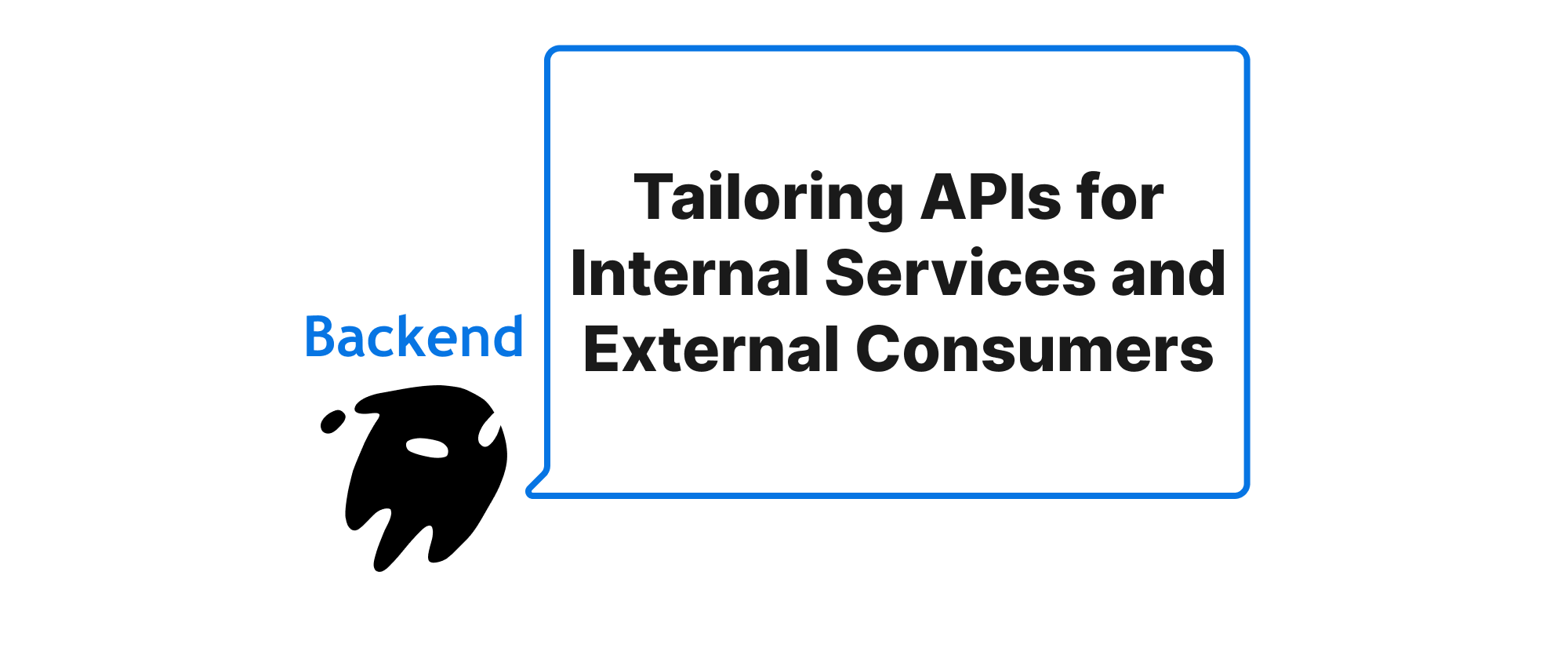
Tailoring APIs for Internal Services and External Consumers
This article explores distinct strategies for designing APIs that cater to the unique needs of internal gRPC/RPC services and external REST/GraphQL clients, emphasizing their differences and practical implementation.
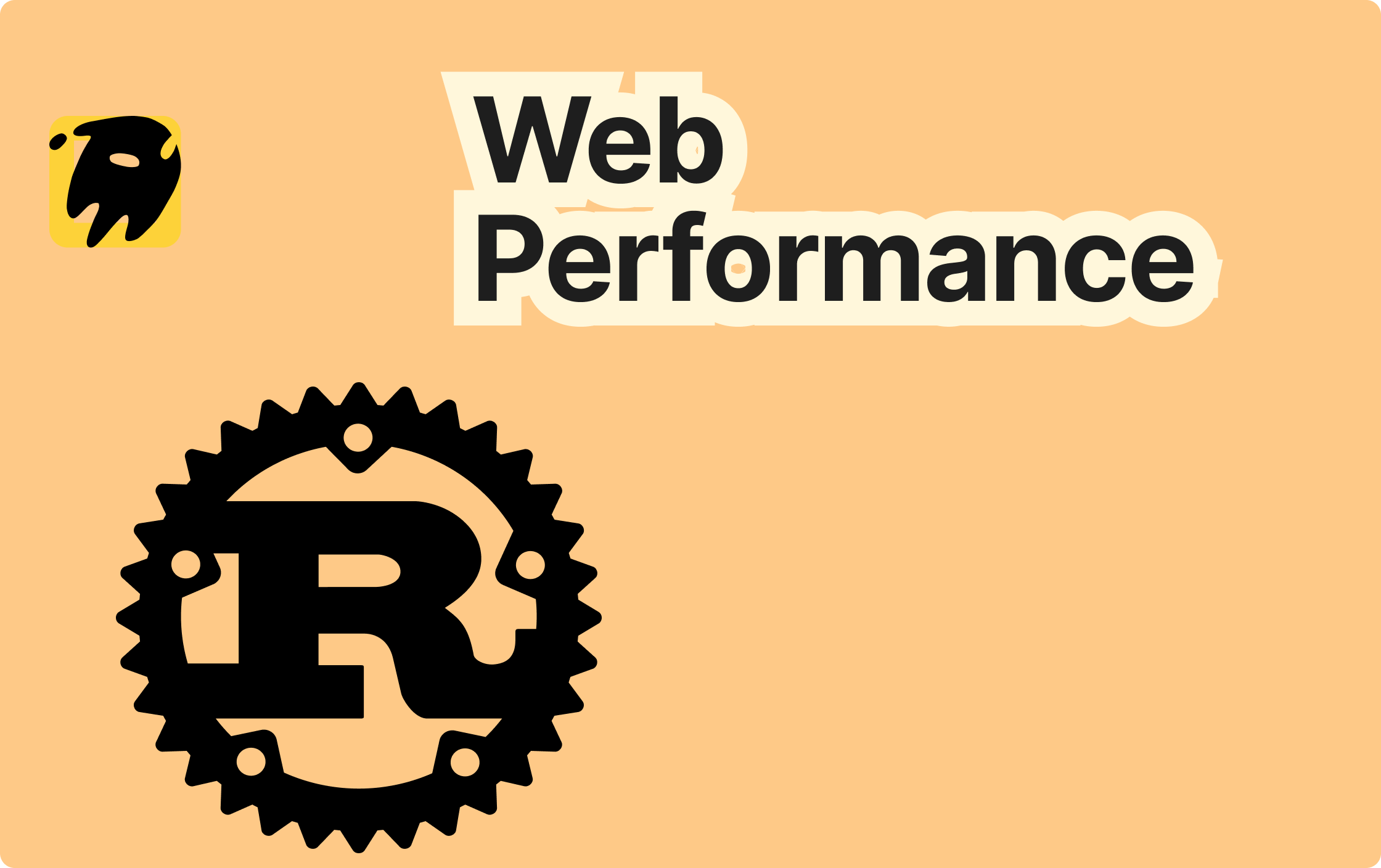
10 Advanced Rust Web Development Tips: From Principles to Practice
The advantage of Rust web development lies in "zero-cost abstractions + memory safety", but advanced scenarios (high concurrency, complex dependencies, security protection) require moving beyond "default framework usage". The following 10 tips, combined with ecosystems like Tokio/Axum/Sqlx, break down design logic to help you write more efficient and secure code.
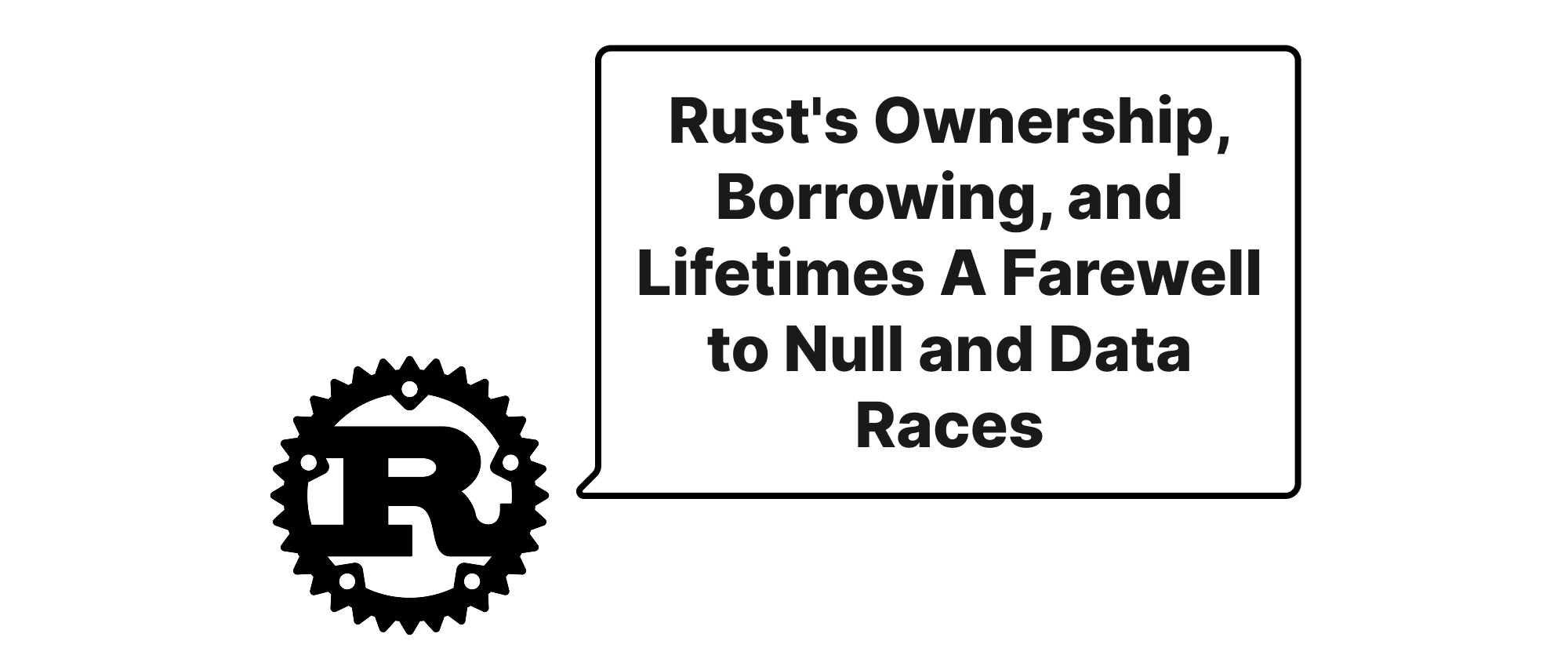
Rust's Ownership, Borrowing, and Lifetimes A Farewell to Null and Data Races
Explore how Rust's unique ownership, borrowing, and lifetime rules provide powerful compile-time guarantees, eliminating common pitfalls like null pointer dereferences and data races, leading to safer, more reliable concurrent code.
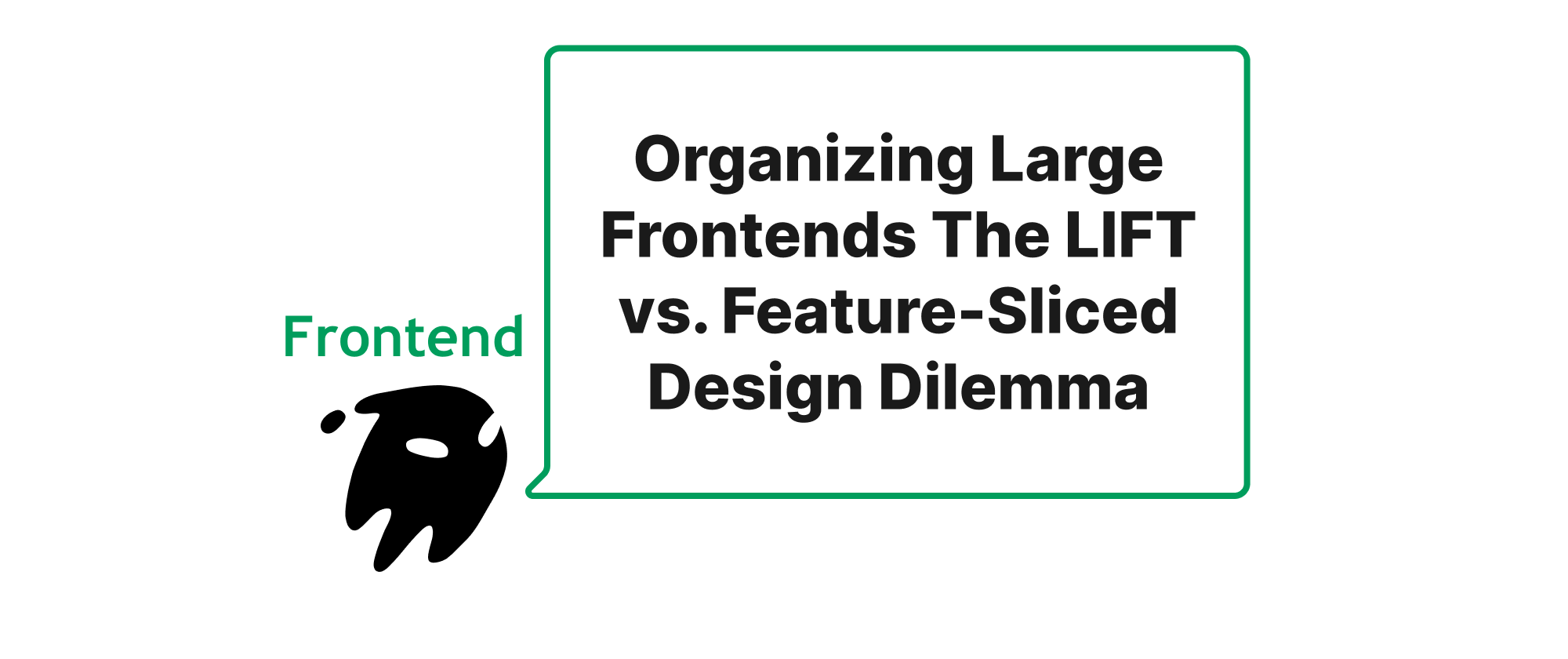
Organizing Large Frontends The LIFT vs. Feature-Sliced Design Dilemma
A deep dive into LIFT and Feature-Sliced Design patterns for structuring large-scale frontend applications, exploring their principles, implementations, and use cases with practical examples.
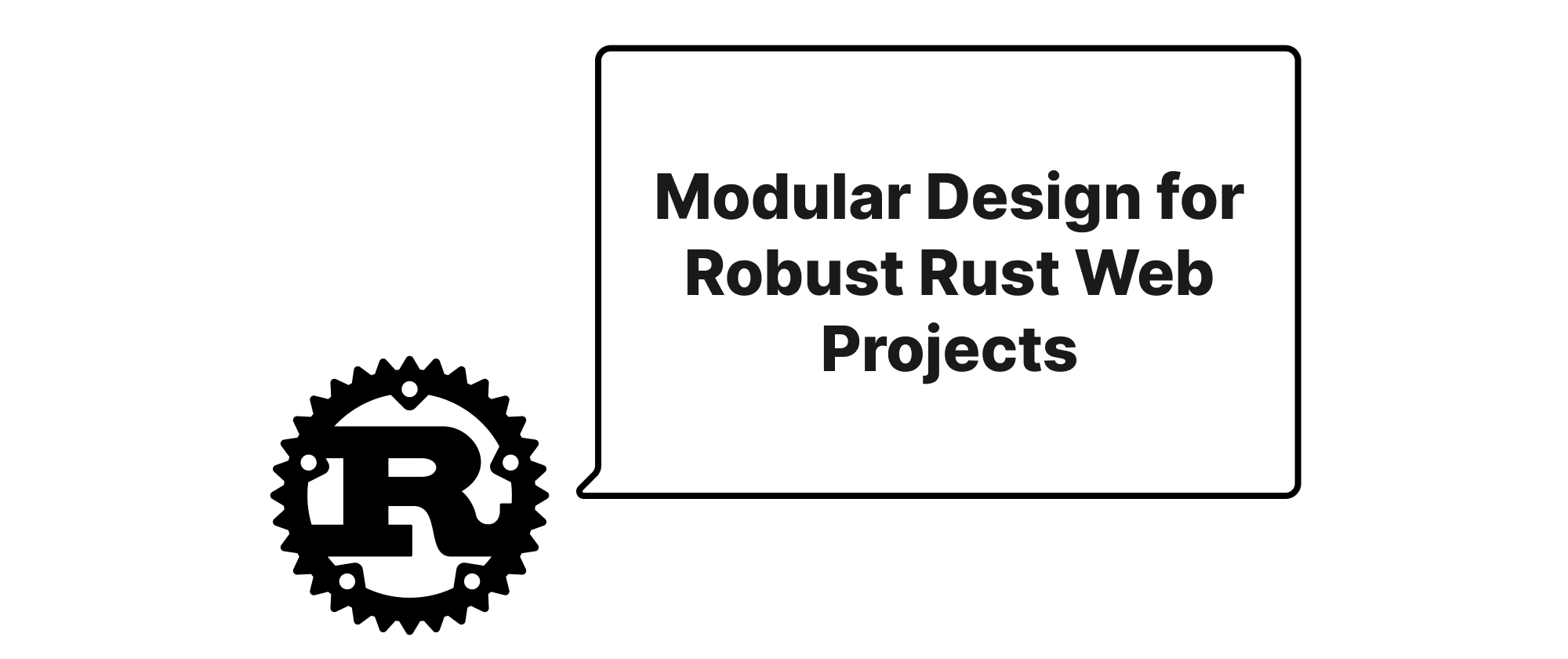
Modular Design for Robust Rust Web Projects
Exploring effective modular design strategies for large-scale Actix Web and Axum applications to enhance maintainability, scalability, and collaboration.
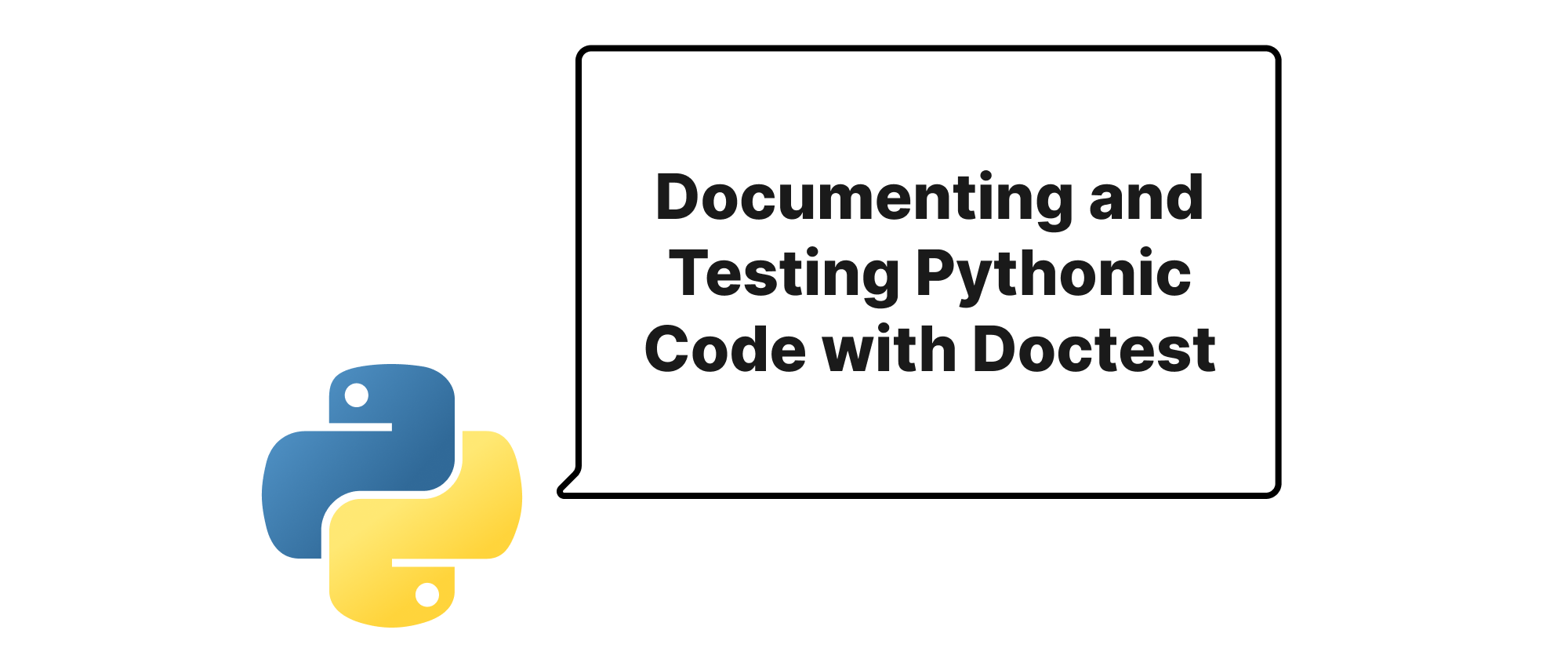
Documenting and Testing Pythonic Code with Doctest
Explore how Python's built-in doctest module allows developers to embed tests directly within their documentation strings, making code self-testing and self-documenting. Learn its principles, practical applications, and benefits for code quality and maintainability.
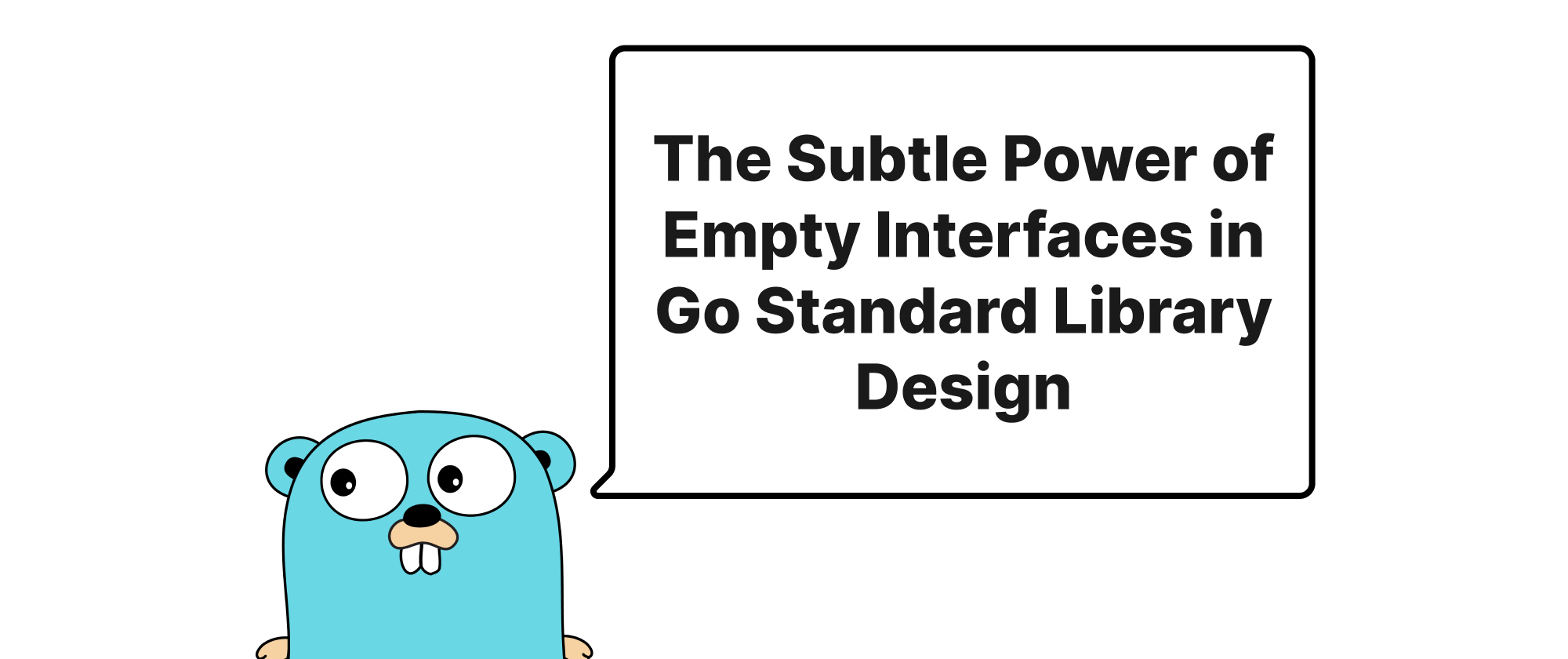
The Subtle Power of Empty Interfaces in Go Standard Library Design
Explore how the empty interface (`interface{}`) in Go's standard library, despite its apparent simplicity, enables powerful and flexible design patterns for extensibility and type-agnostic operations.
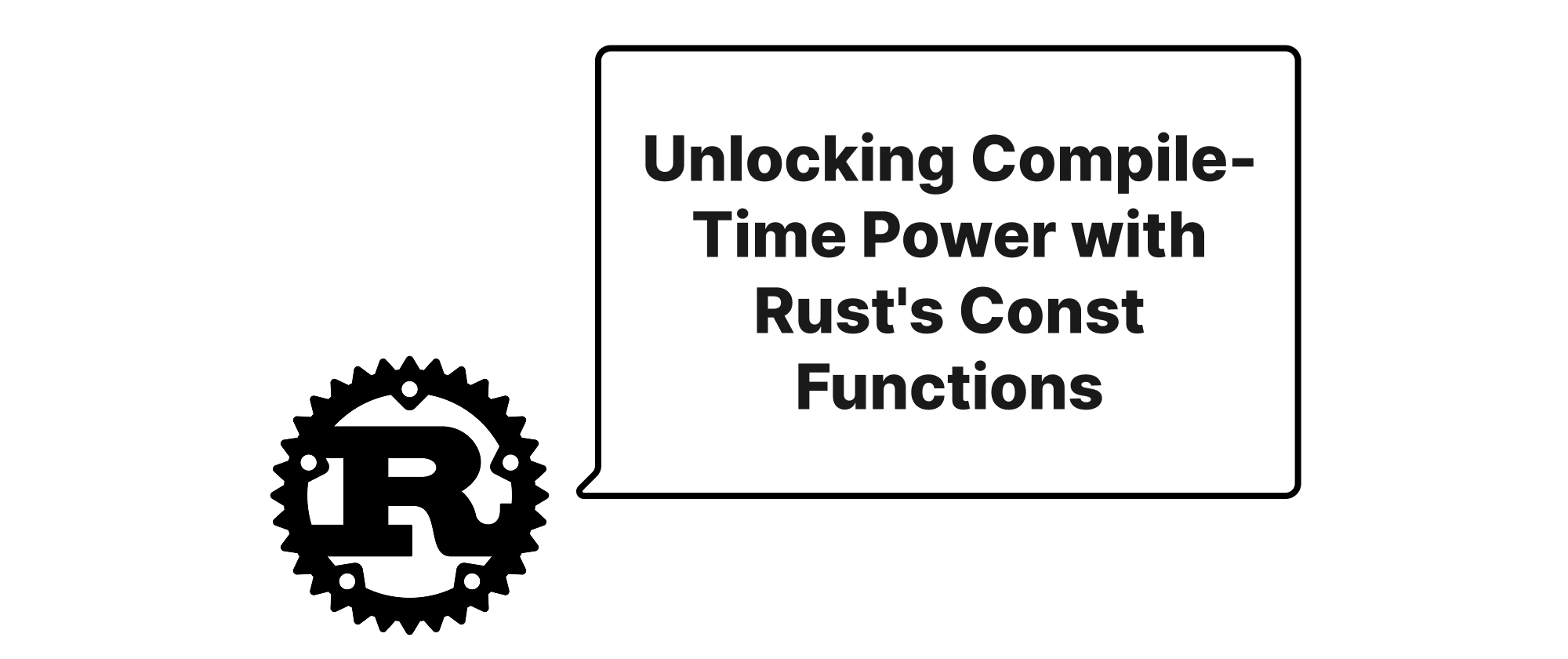
Unlocking Compile-Time Power with Rust's Const Functions
Explore how Rust's `const fn` enables complex computations at compile time, improving performance and reliability, with practical examples and use cases.

Crafting Resilient and Reusable React Custom Hooks
This article delves into the design patterns for creating high-quality, reusable React custom hooks, covering fundamental concepts, practical implementation with code examples, and common application scenarios, all aimed at improving code maintainability and scalability.
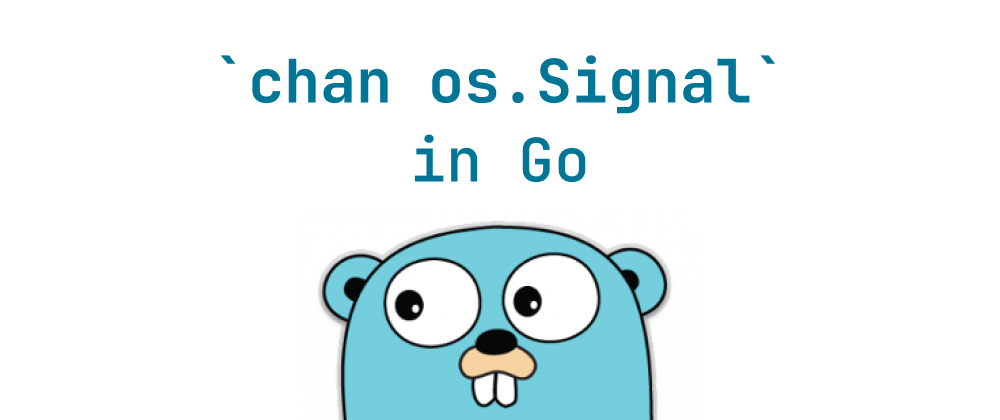
A Practical Guide to chan os.Signal in Go
Learn how to handle OS signals in Go using chan os.Signal for graceful shutdowns and resource cleanup.
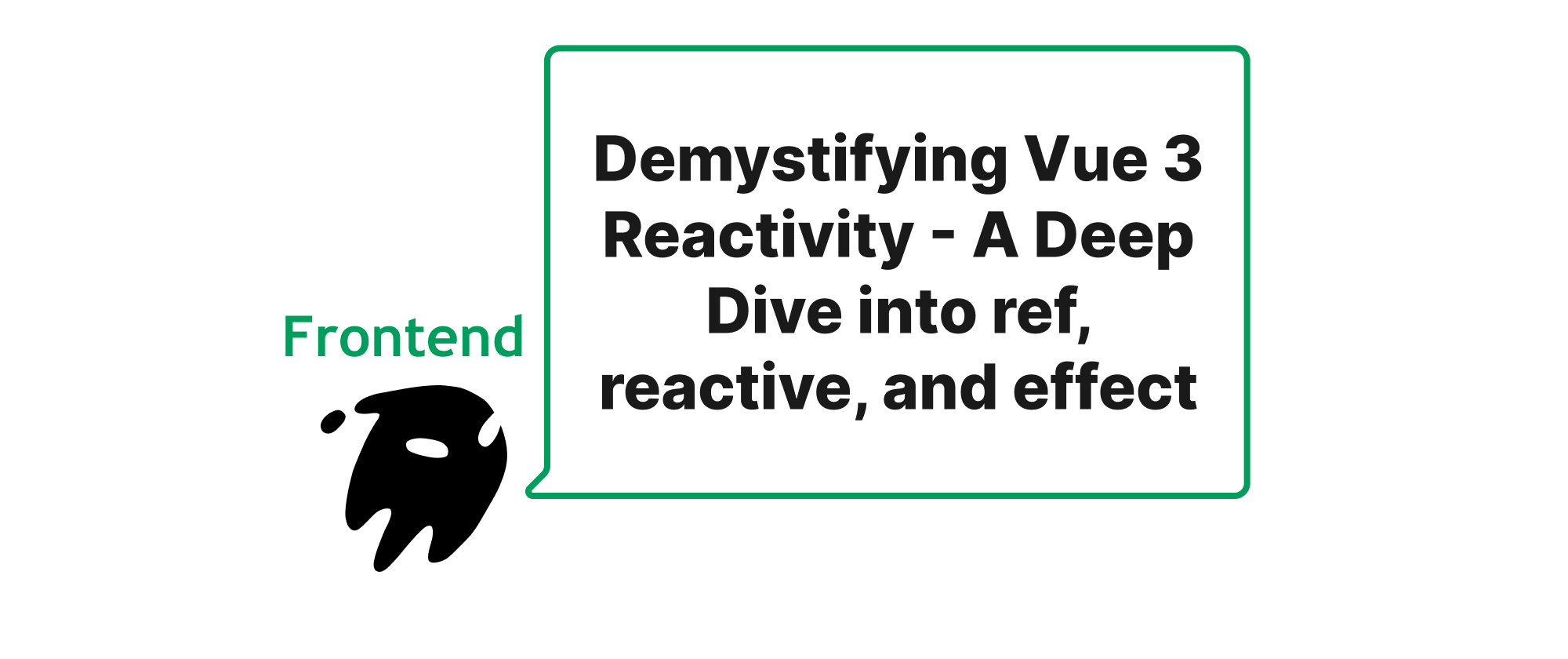
Demystifying Vue 3 Reactivity - A Deep Dive into ref, reactive, and effect
This article delves into the core principles of Vue 3's reactivity system, explaining how ref, reactive, and effect work together to enable declarative UI updates and efficient state management.

Sharing State in Rust Web Applications
A deep dive into managing shared resources in Rust web services, comparing direct `Arc<Mutex<T>>` with `actix-web::web::Data<T>`.
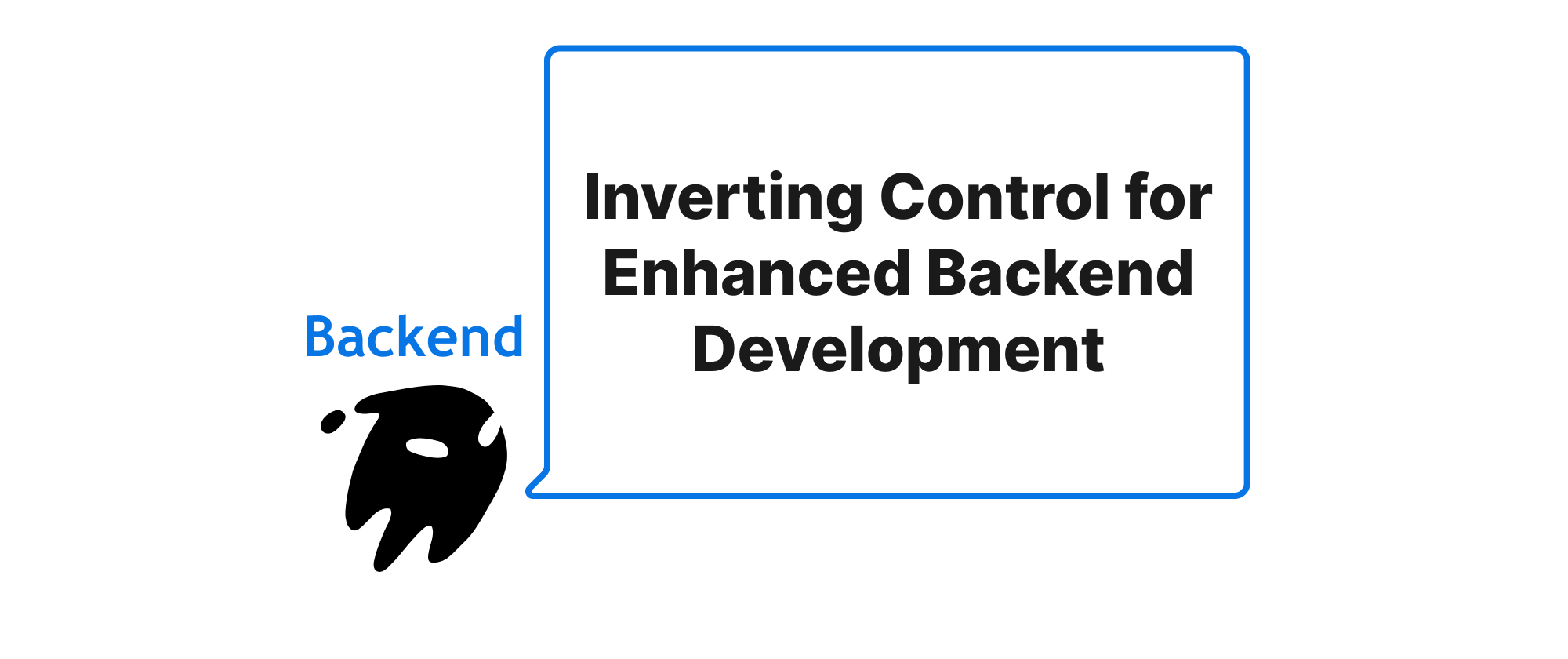
Inverting Control for Enhanced Backend Development
Explore how Inversion of Control, particularly through Dependency Injection, revolutionizes framework development in NestJS and Spring by promoting modularity and testability.

Real-Time Web 101: HTTP, Long Connections, and WebSockets
The transition from HTTP short connections to Keep-Alive, and then to WebSocket, reflects a process of "technology evolving with needs": short connections worked in the static Web era; as real-time needs emerged, Keep-Alive was limited by the request-response model; WebSocket, by breaking out of the HTTP framework and building a full-duplex channel based on TCP, fundamentally solved real-time challenges.

Building Robust and Performant REST APIs with Axum, Actix Web, and Diesel
Explore how Axum, Actix Web, and Diesel power the creation of high-performance, type-safe, and scalable REST APIs in Rust, complete with practical code examples.

From Webpack and Vite to the Core of Modern Frontend Build Toolchains
Exploring the evolution of frontend build tools from bundlers like Webpack and Vite to the lightning-fast compilers and bundlers like esbuild and SWC, and understanding their impact on web development.

Efficient Database Connection Management with sqlx and bb8/deadpool in Rust
Learn how to effectively manage database connection pools in Rust applications using sqlx with both bb8 and deadpool for robust and performant data access.
